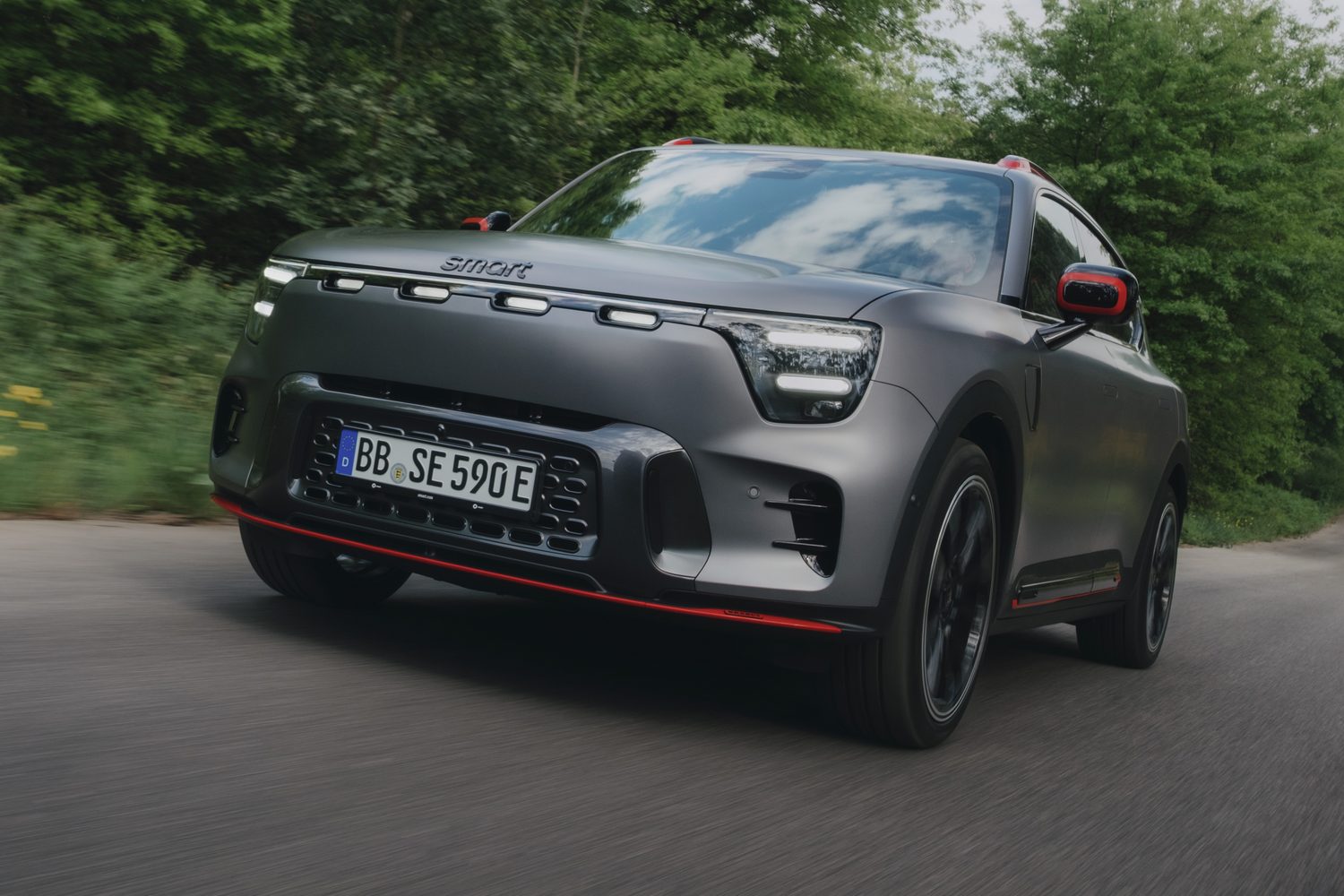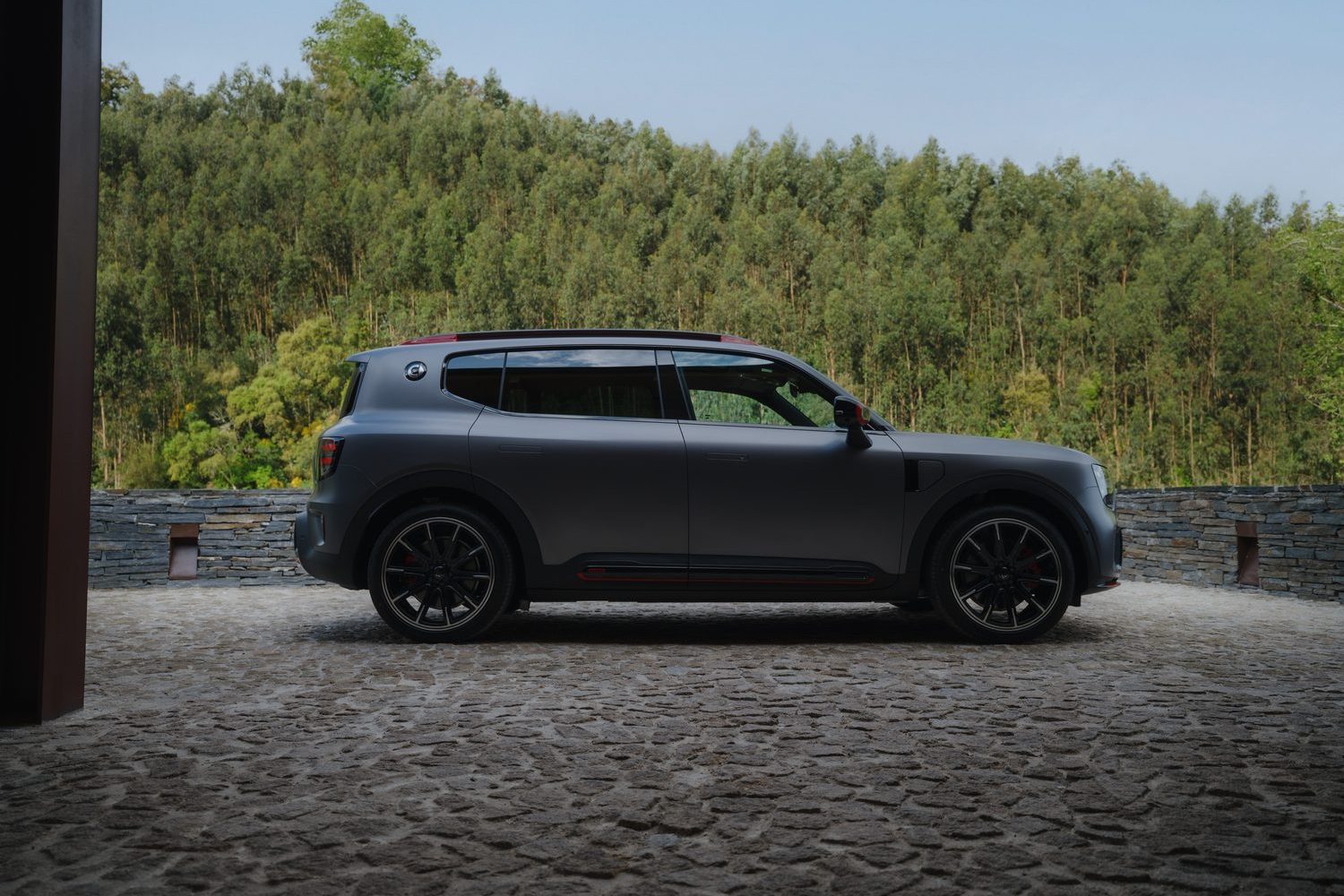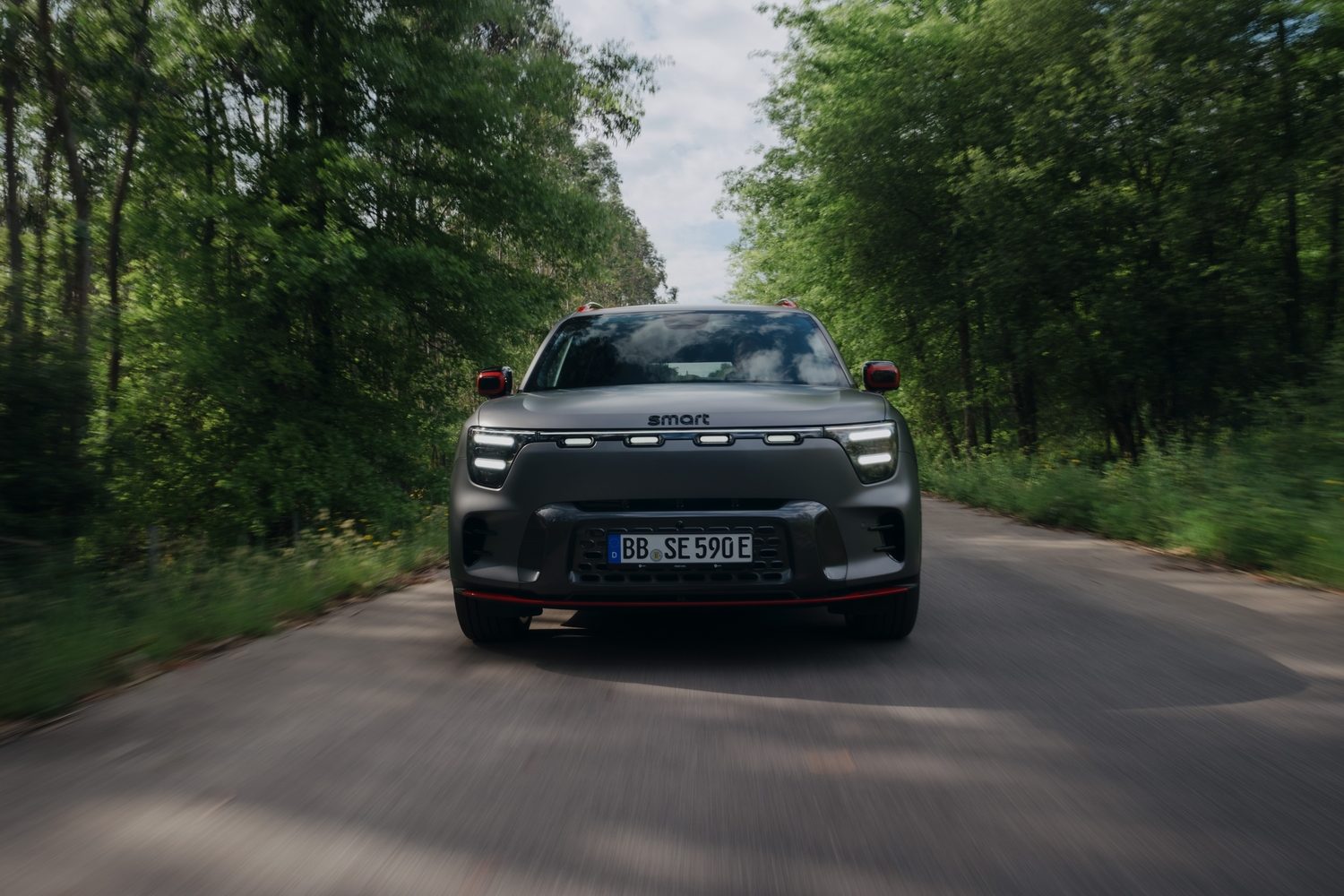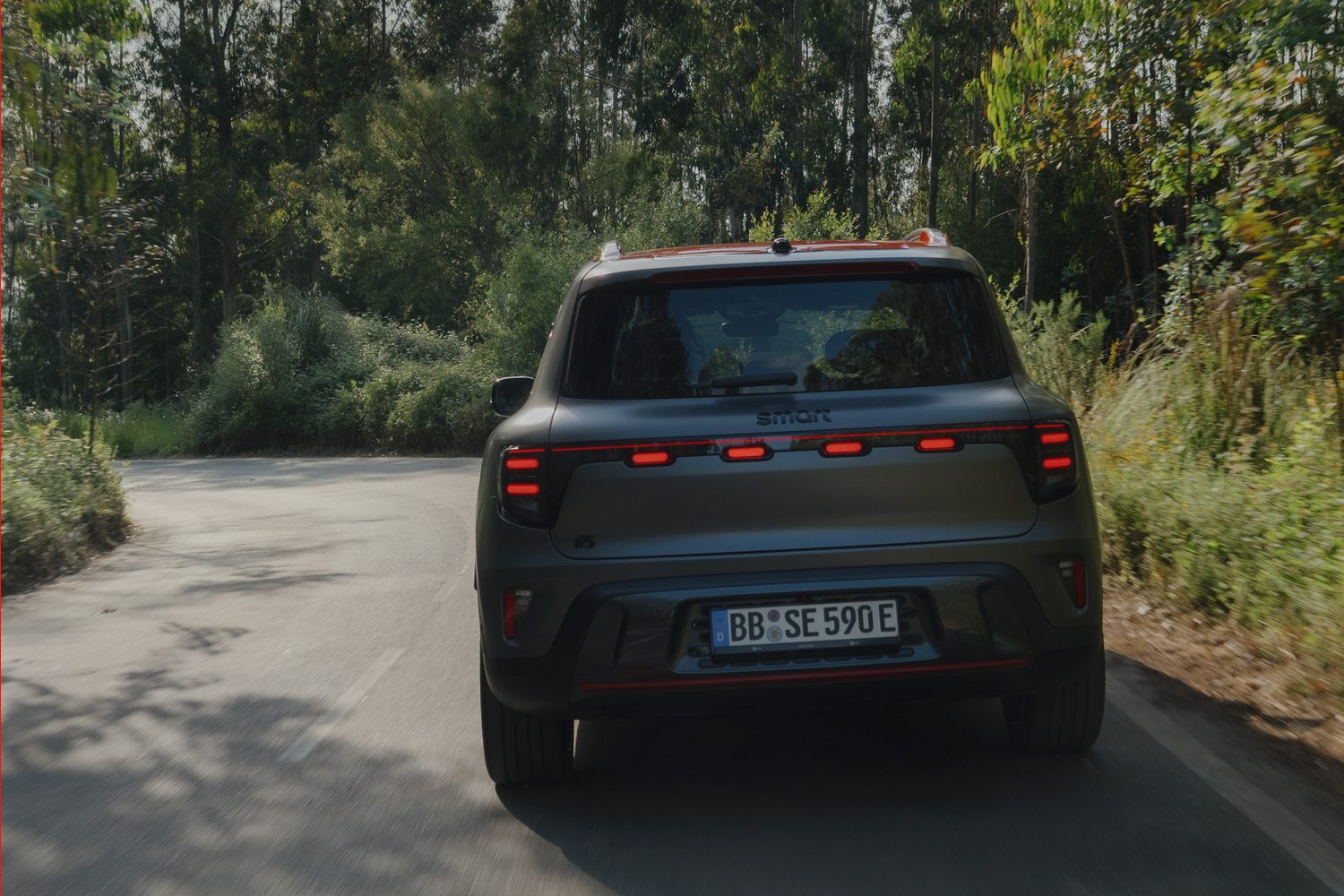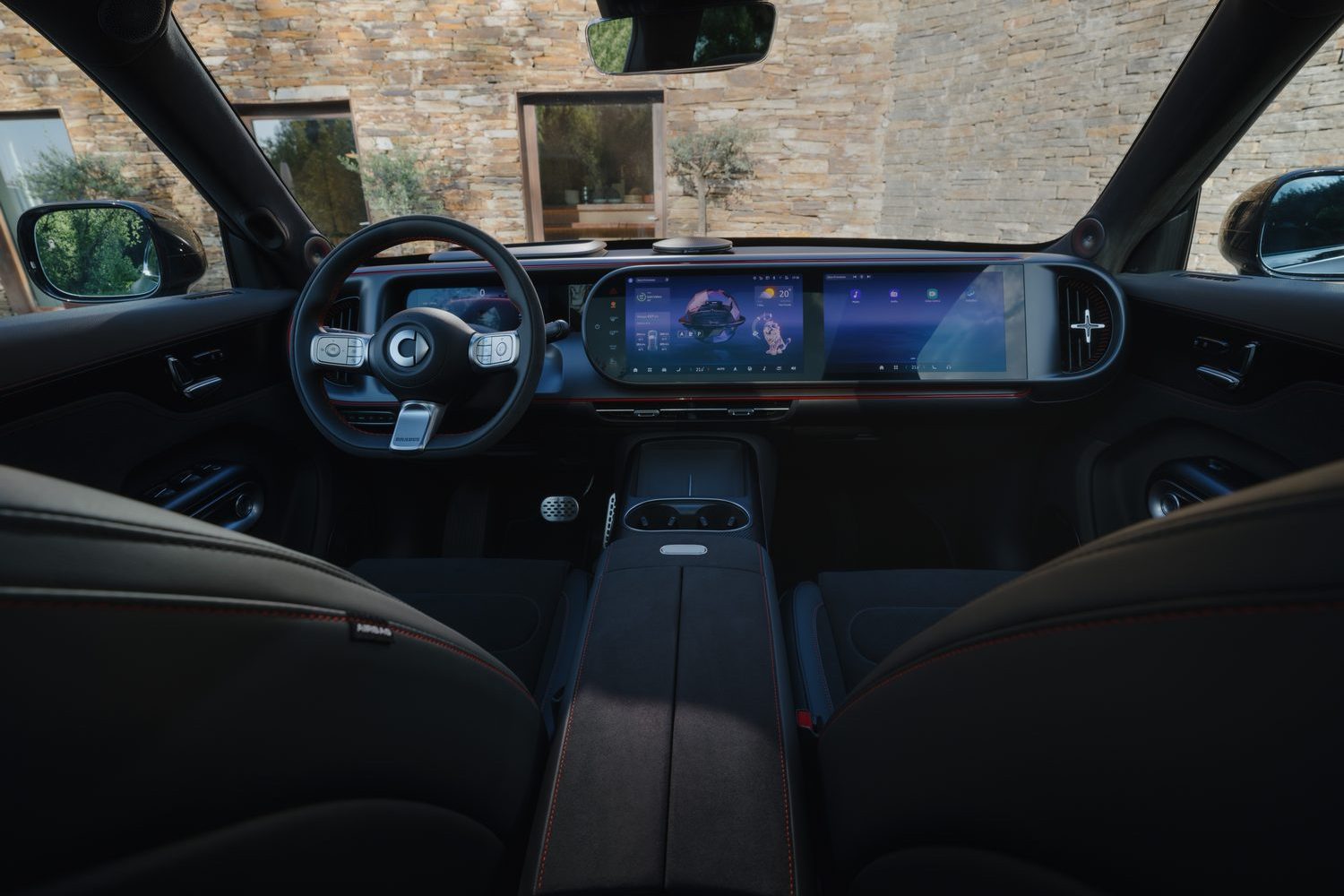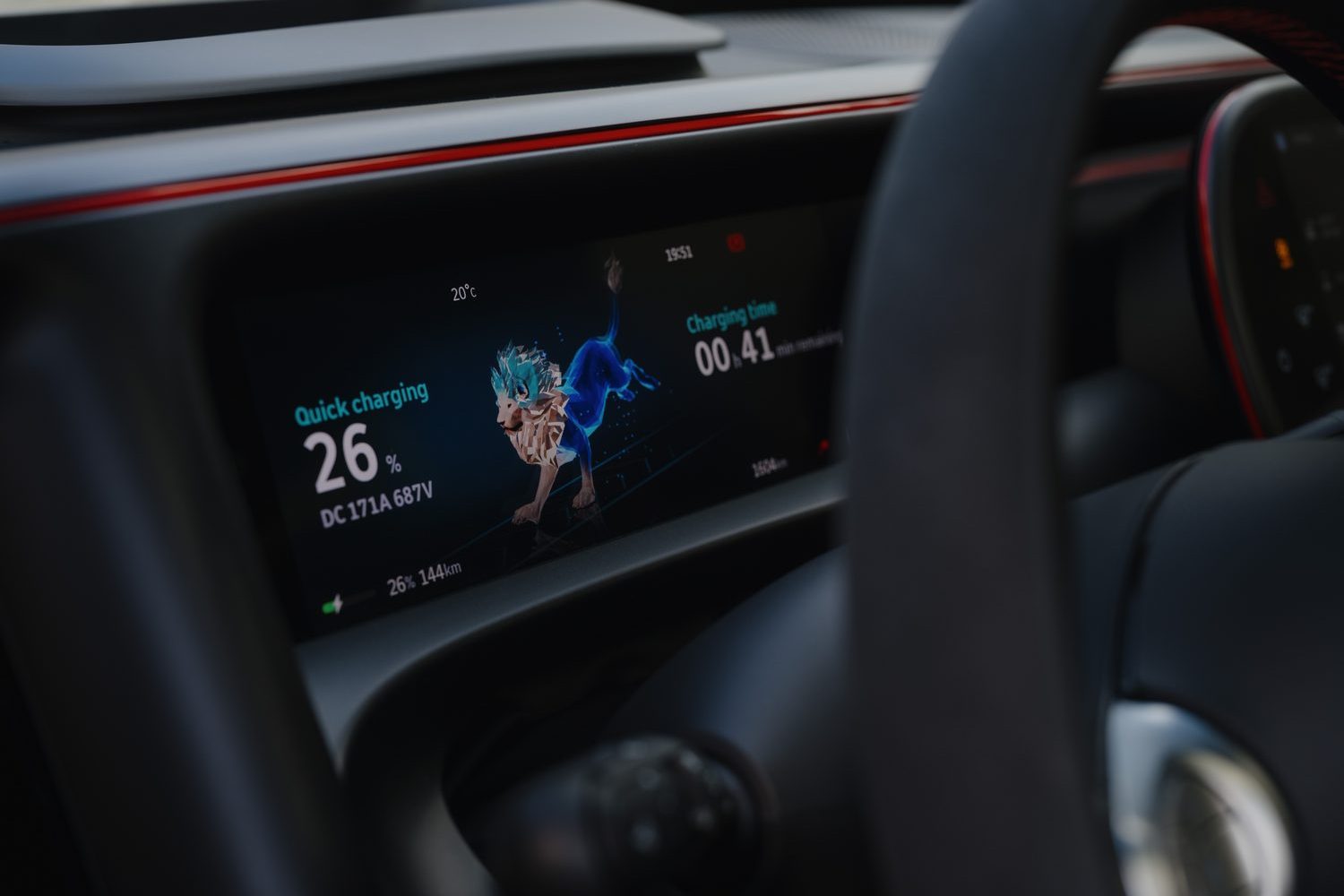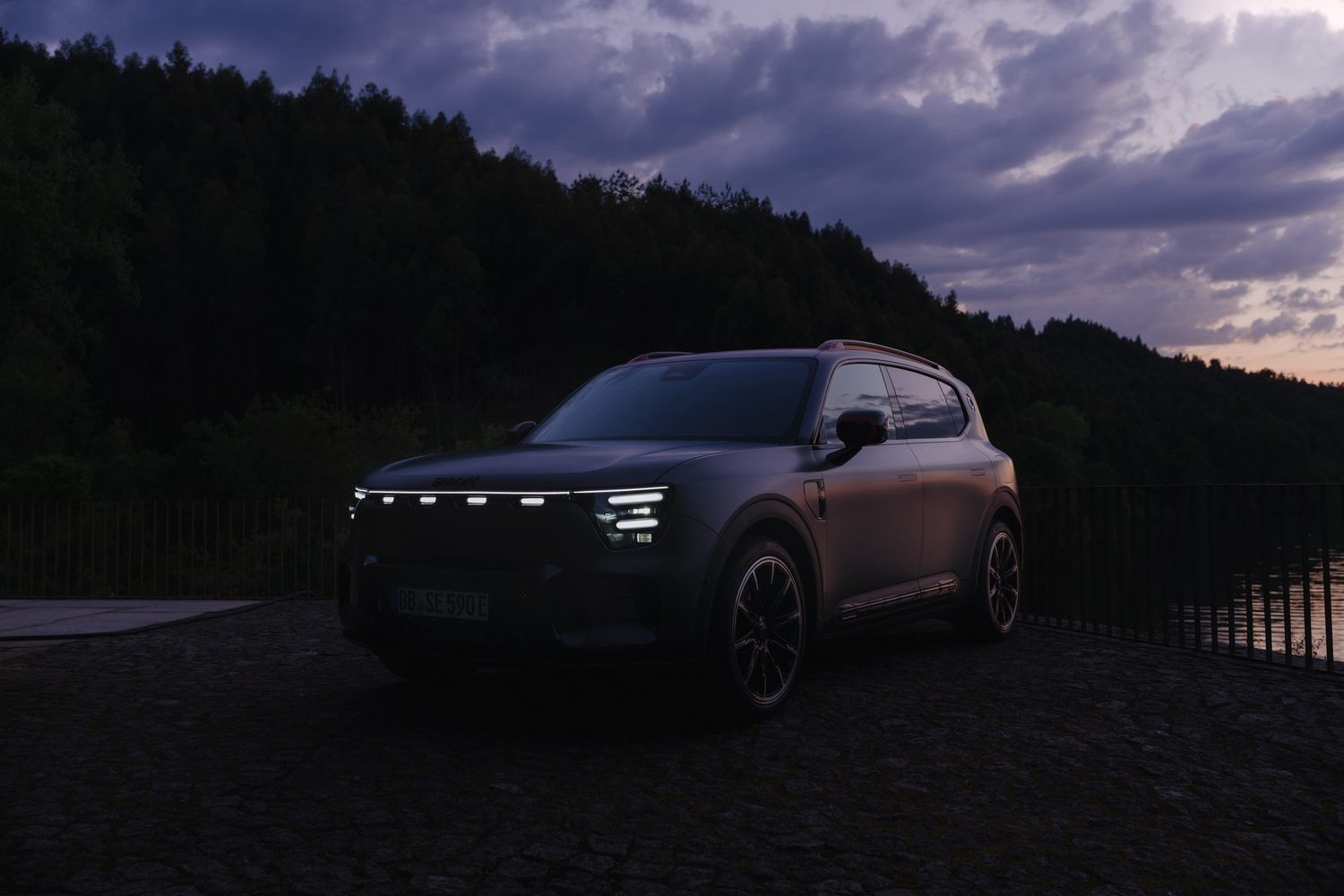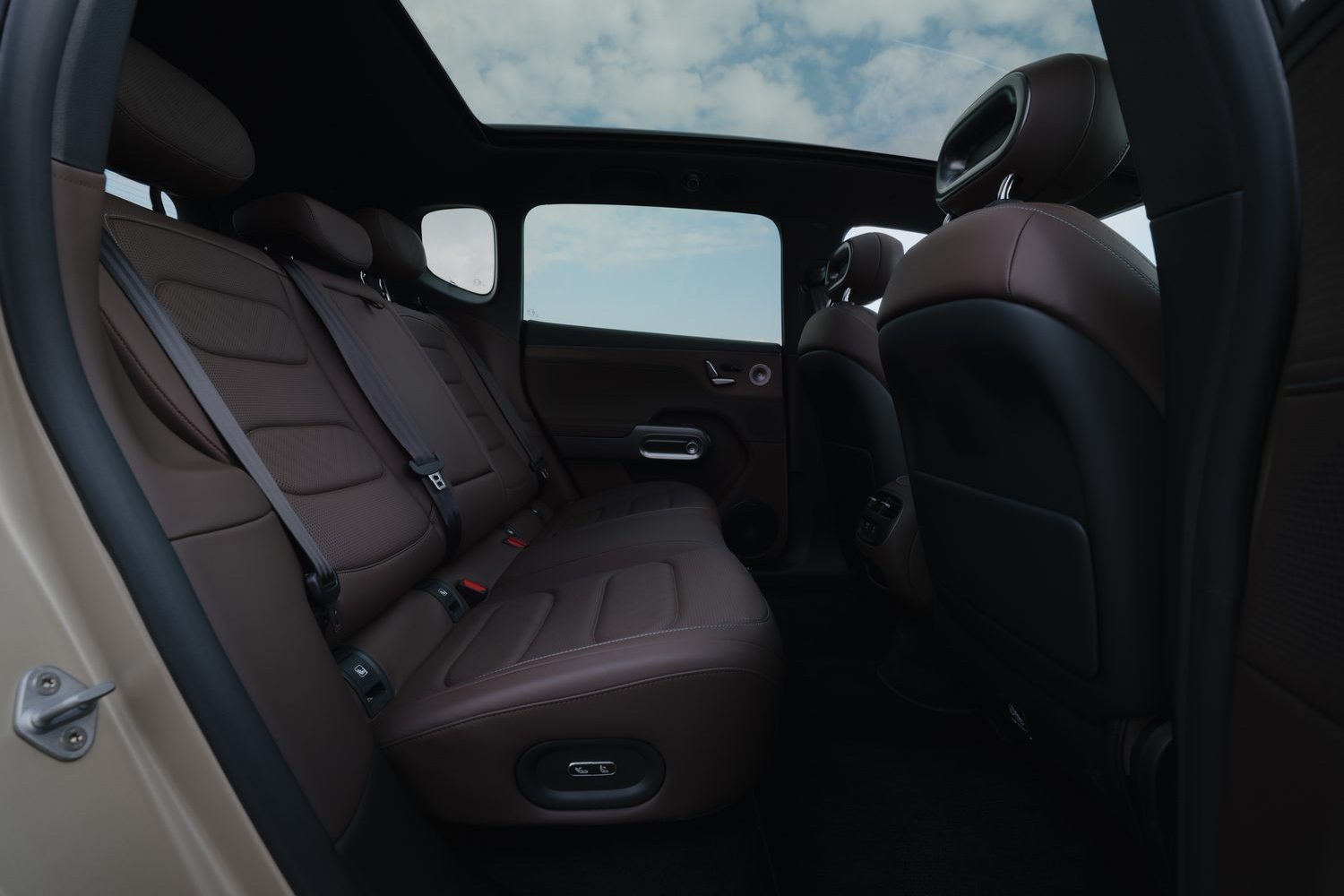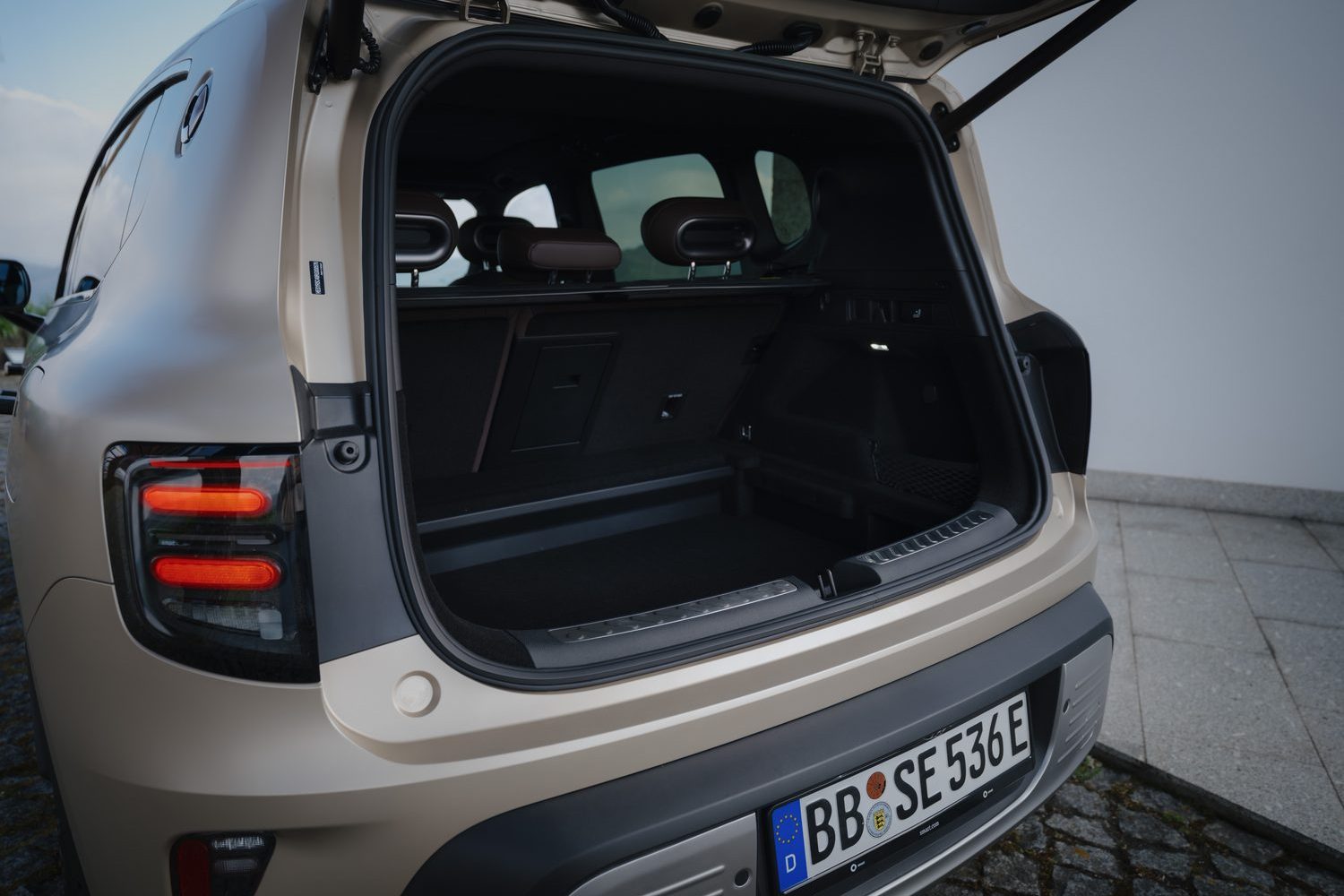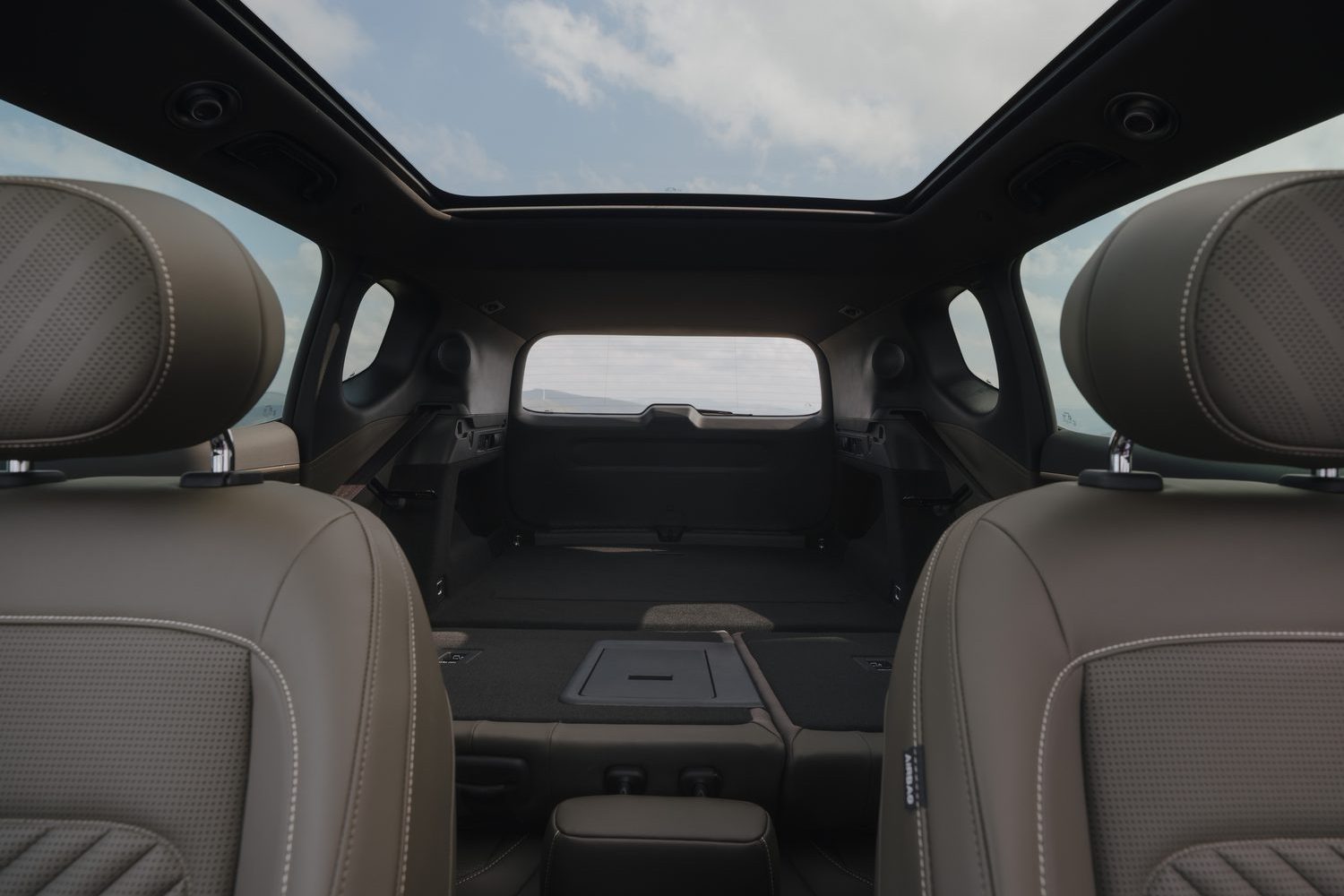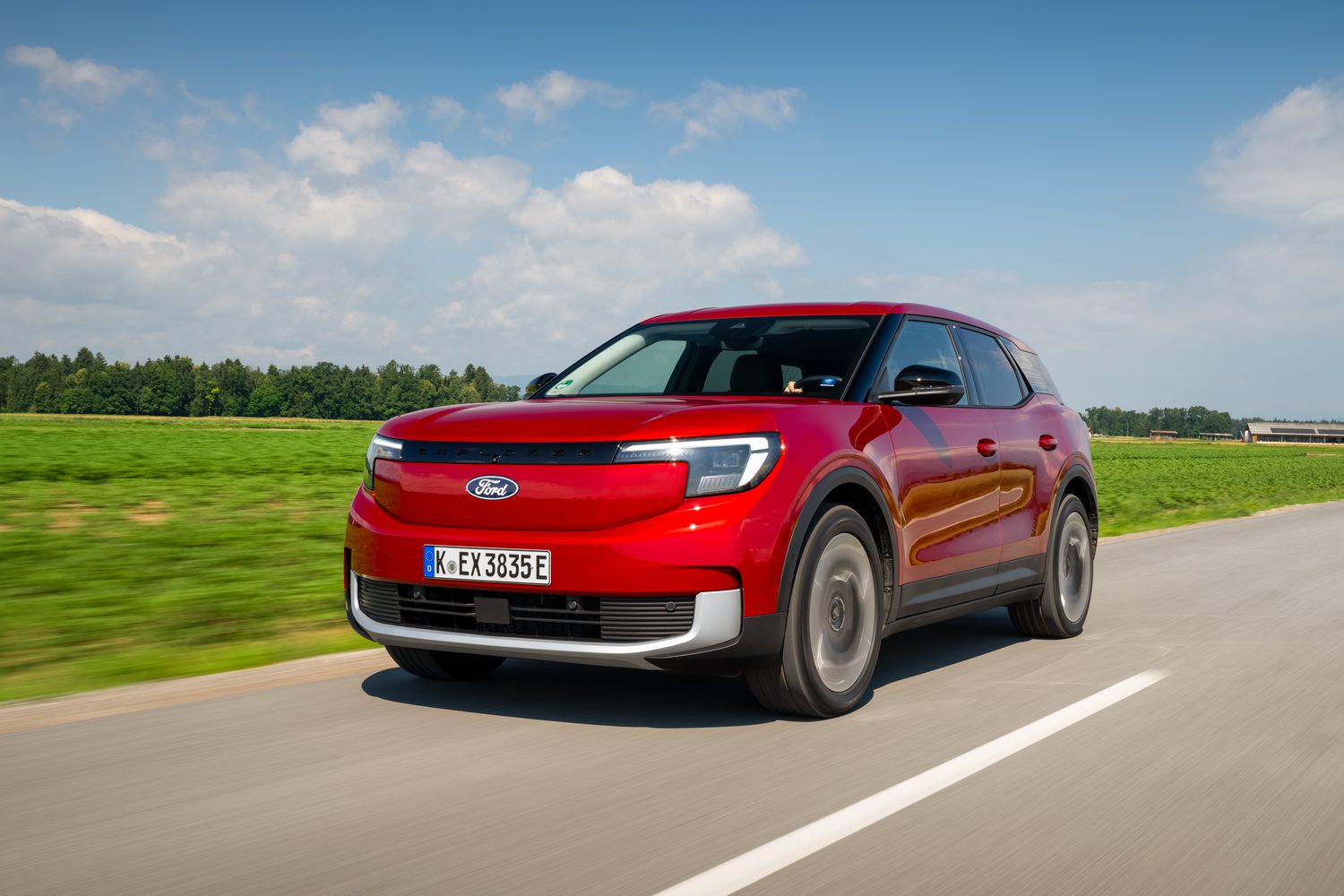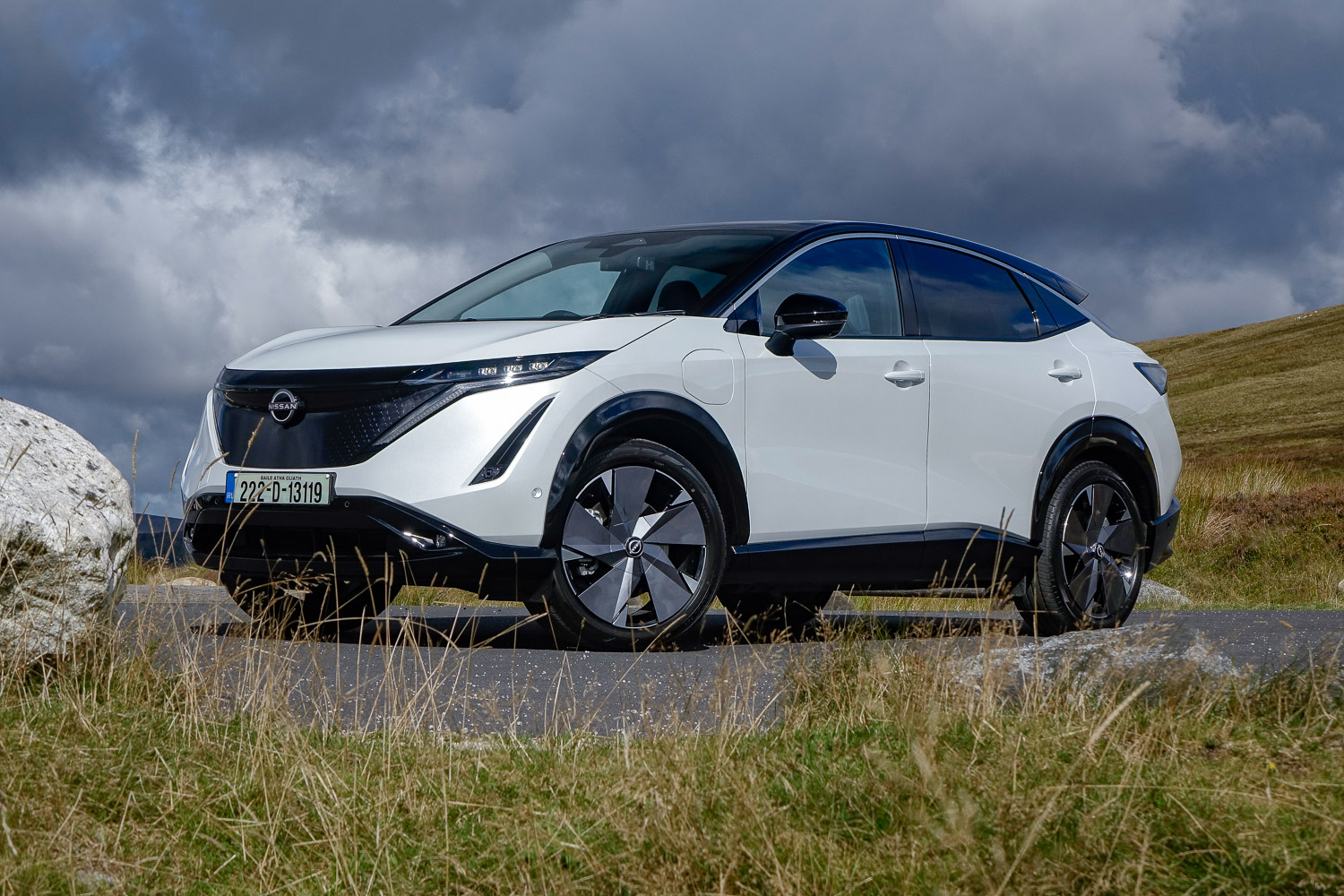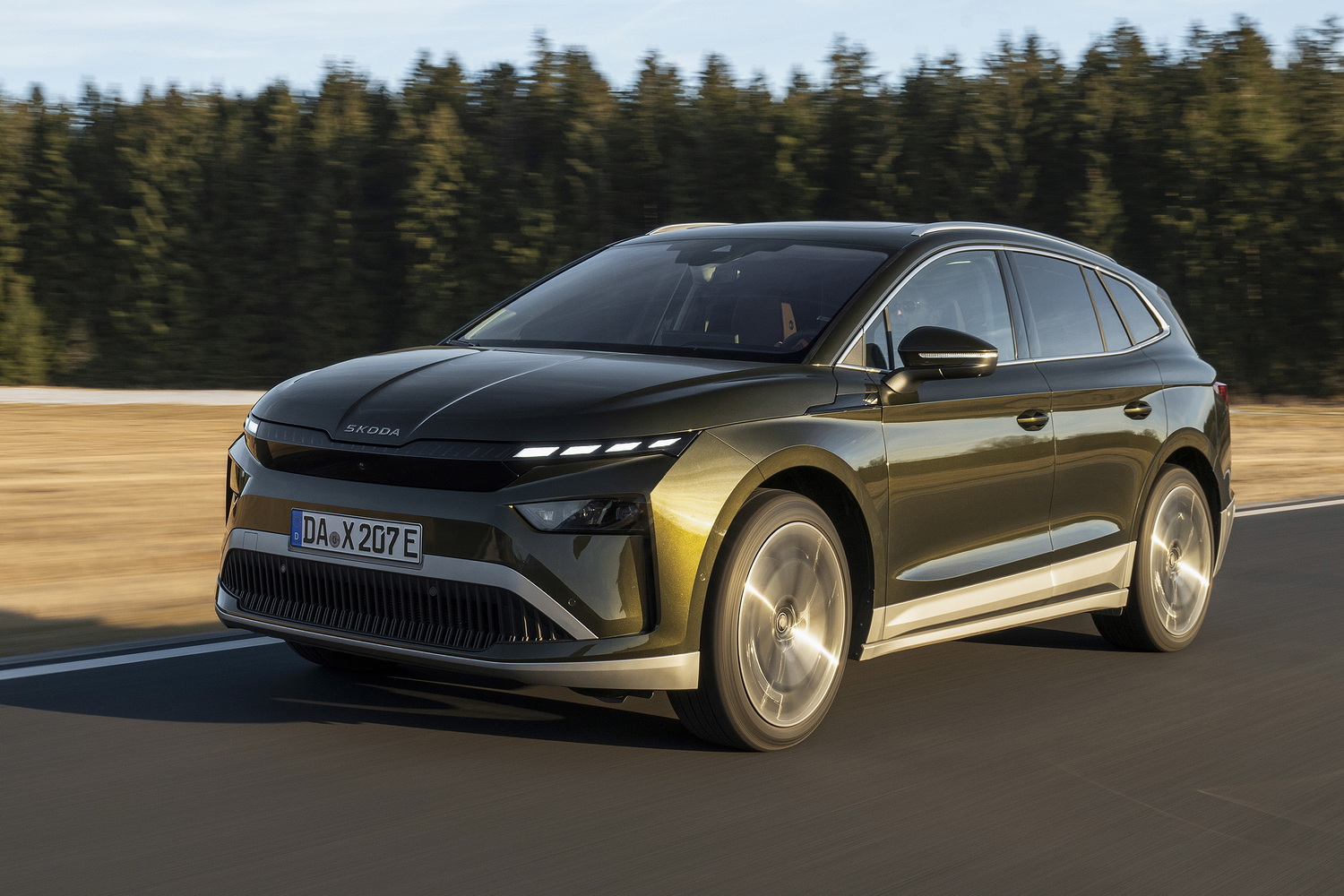Introduction to the 2025 Smart #5 Brabus
With the pressures of modern legislation making development costs rocket, the humble city car is in danger of going extinct. So much so that even Smart has turned to larger cars, and the new #5 is its largest vehicle yet.
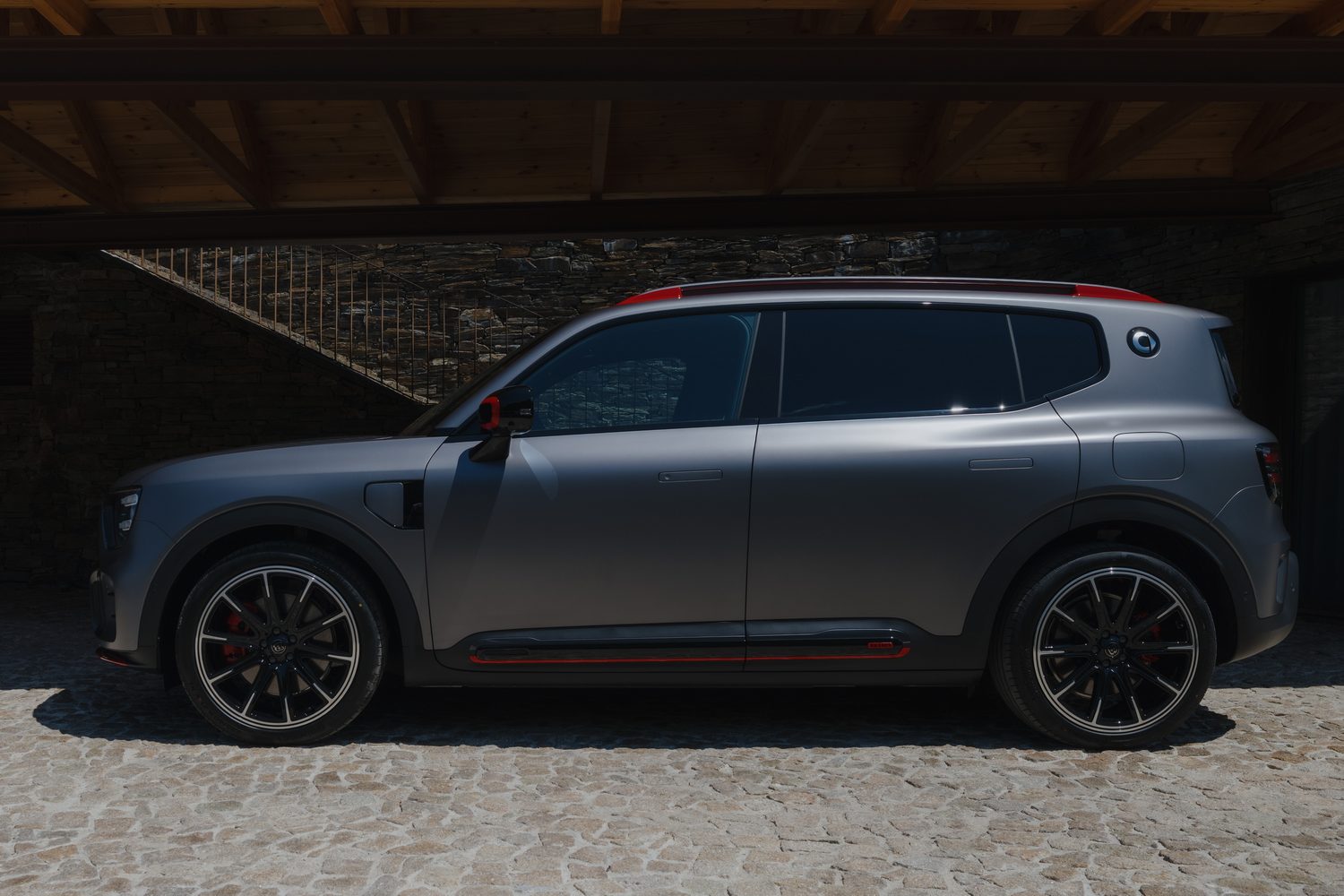
Built to compete with the Skoda Enyaq and Nissan Ariya, it's tapping into a more profitable and more competitive market. The rewards for getting it right are indisputable, but getting it right is easier said than done. Ahead of the #5's launch in Ireland later this year, we put the range-topping Brabus model to the test on Portuguese roads, hoping to find out whether it can really challenge its more established rivals.
Pros & Cons of the 2025 Smart #5 Brabus
Pros: Roomy interior, comfortable ride, startling performance
Cons: Inefficient powertrain, some tech foibles
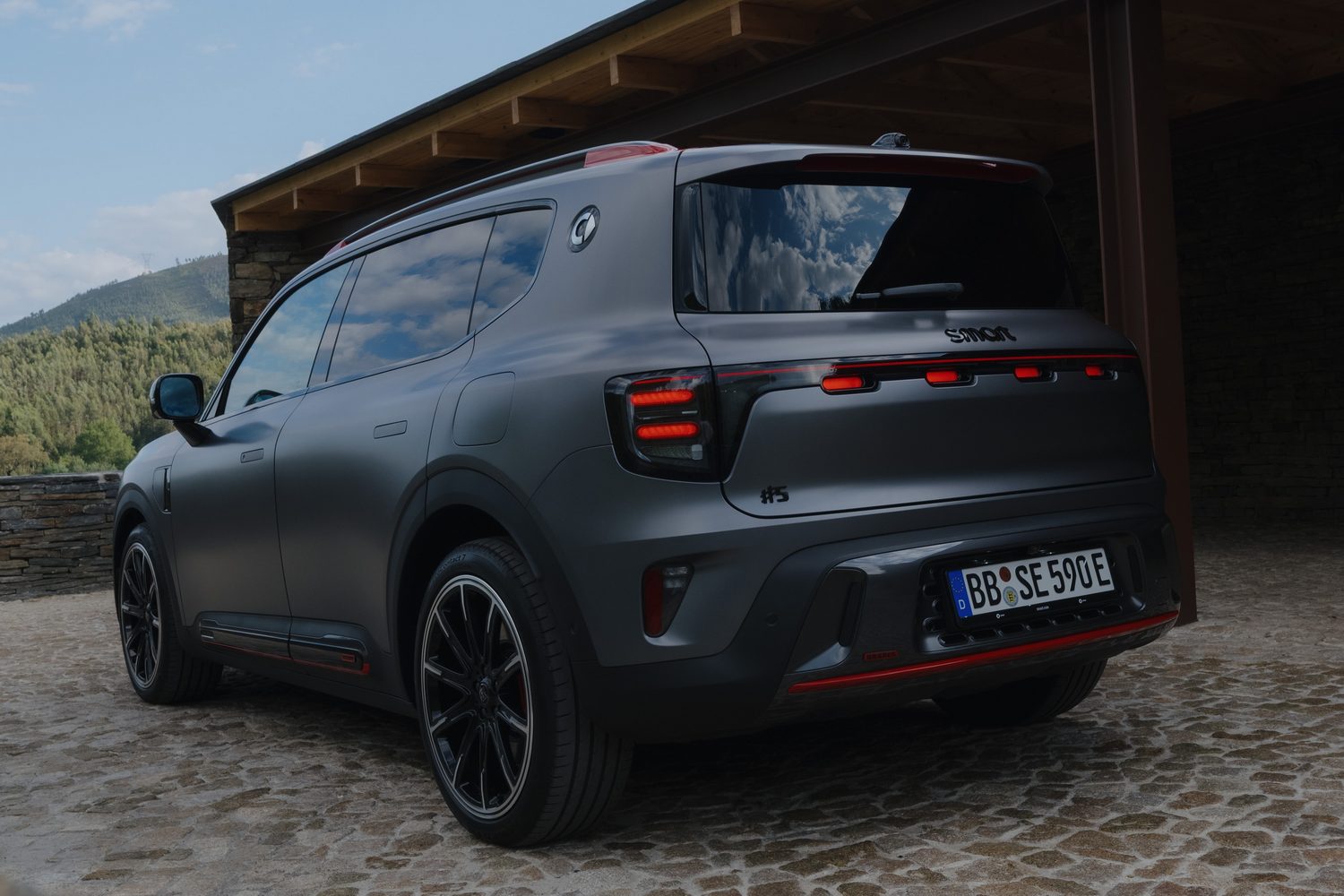
Exterior & Design of the 2025 Smart #5 Brabus
• It's bigger than it looks
• Quite a curved, minimal design
• Brabus model gets sportier add-ons
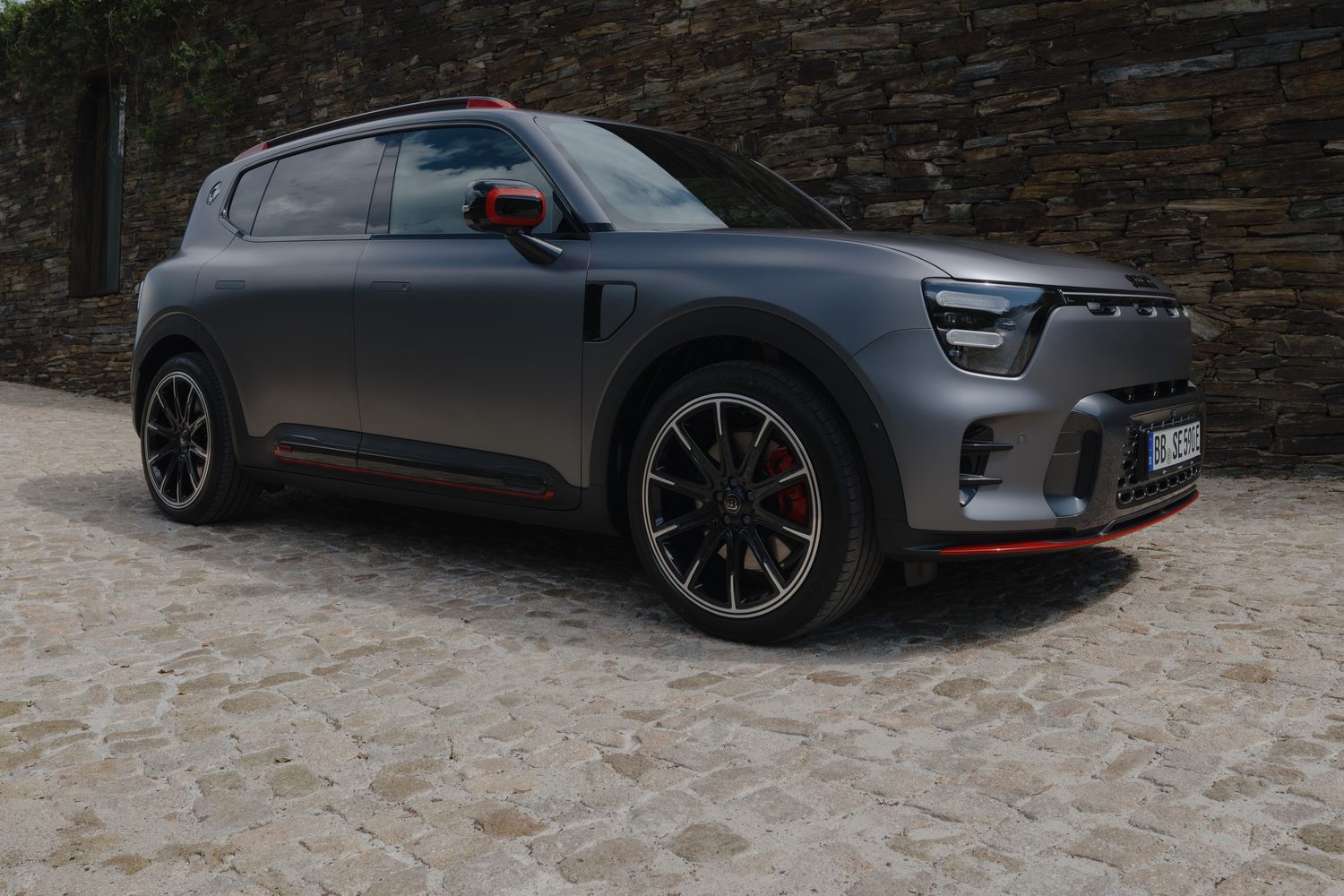
Although Smart has moved away from really small cars, the #5 still looks like a more compact car than it really is. There's something of the Jeep Renegade in its styling, and it looks Hyundai Kona-sized, but the #5 is actually slightly bigger than a Skoda Enyaq, measuring:
Length: 4,695mm
Width: 1,920mm
Height: 1,705mm
Wheelbase: 2,900mm
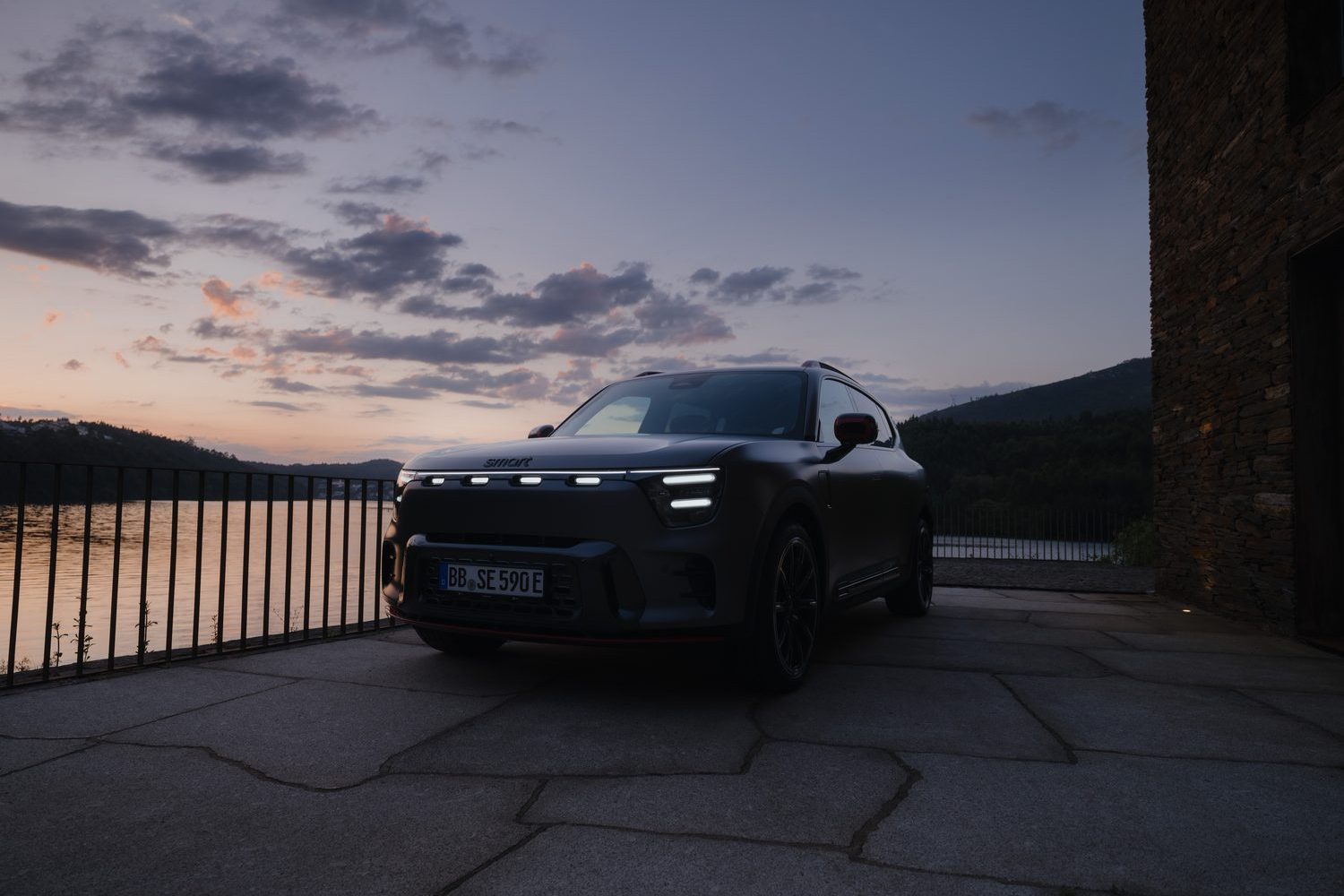
With that growth has come a brave new look, only loosely in line with the smaller Smart #1 and #3 models. The rounded shapes and LED lighting bear some resemblance to similar features on the more compact products, but that's about it.
Instead, the #5 has a decidedly Jeep-like feel to it, with the hints of a grille between the headlights, and a squared-off shape that's reminiscent of old-school 4x4s. Yet it's still a modern design, with clean-looking panels and a relatively minimalist design.
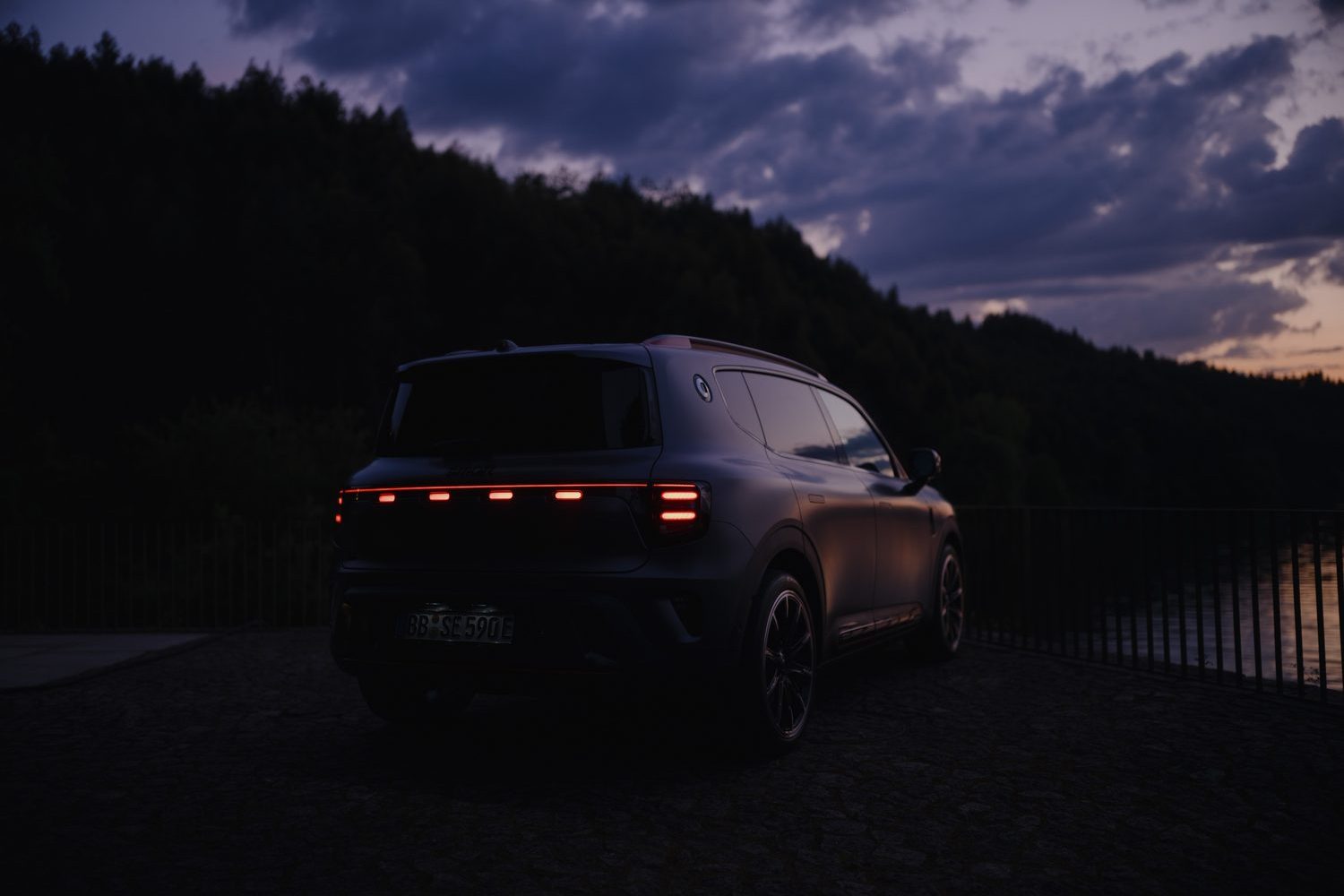
However, some of that minimalism is undone in the Brabus specification, which features massive 21-inch alloy wheels and extra bling around the door sills. In my opinion, the Smart suits a rugged look more than a sporty design, and we suspect it's the less powerful #5 models that will be the best sellers in any case.
Interior, Practicality, Tech & Comfort of the 2025 Smart #5
• Minimalist cabin is tech-heavy
• Some oddities to the touchscreens
• Impressive build and material quality
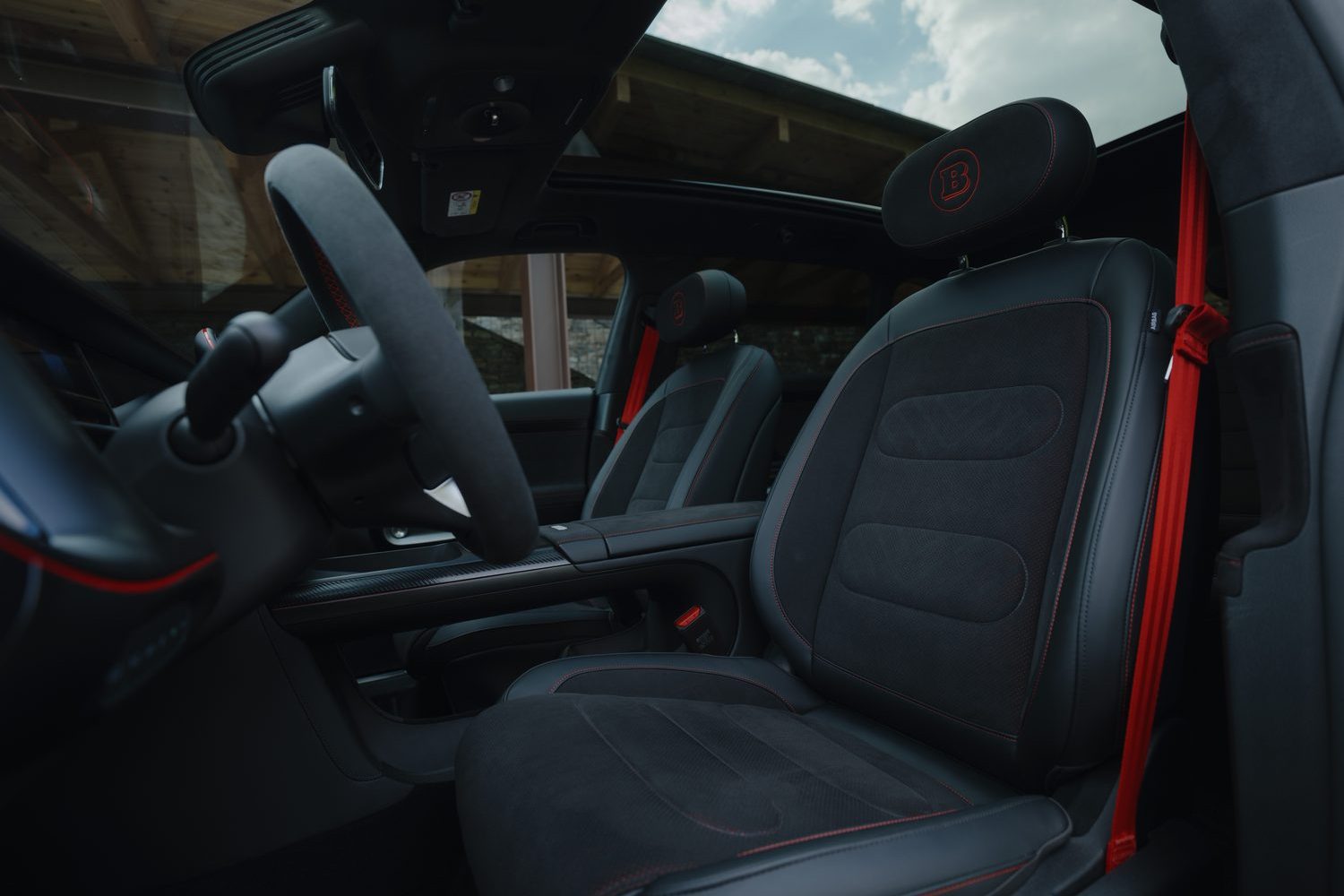
Just as the #5's exterior is minimalist, so too is the interior. There's little in the way of detailing to the dashboard, which is largely made up of soft, rounded and clean shapes, punctuated by some large screens. Buttons can be found on the steering wheel, but there aren't many on the dashboard, where most functions are hidden away in the central touchscreen. More upmarket versions, such as this Brabus model, get a second display on the passenger side of the dashboard.
The technology is, on the face of it, at least, rather good. The processor is quick, so it responds well to inputs and the graphics are sharp. There are plenty of functions, too, including the ability to play arcade-style games on the passenger display and a host of connectivity features. You can log into Spotify or other media channels, too, and the passenger can even watch videos on the move. And there's an animated lion that's part of the AI voice assistant feature.
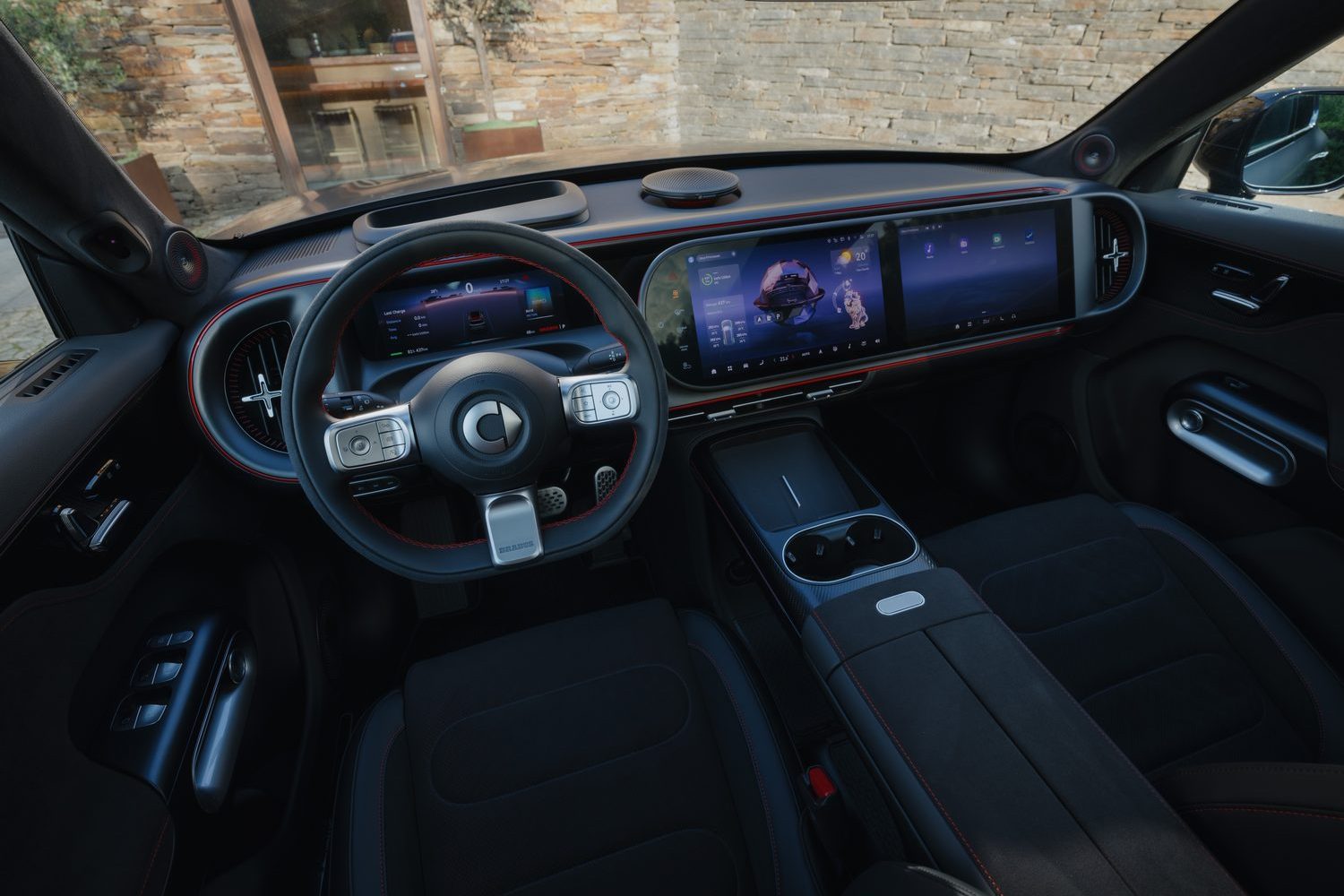
The lion feels a little surplus to requirements, and even a little distracting, but the same must also be said of the passenger display. Whereas some brands put a protective layer in the screen to prevent the driver from being distracted, Smart has done no such thing in the #5. We suspect it might reconsider that omission before the car goes on sale at the tail end of this year.
With climate control functions, media technology and even access to safety tech in the central display, it isn't always that easy to navigate. But with a kind of customisable shortcut feature that allows drivers to store and access their preferred driver assistance settings, as well as access to the climate control settings at all times, it's an improvement on what's previously been seen in Smart products.
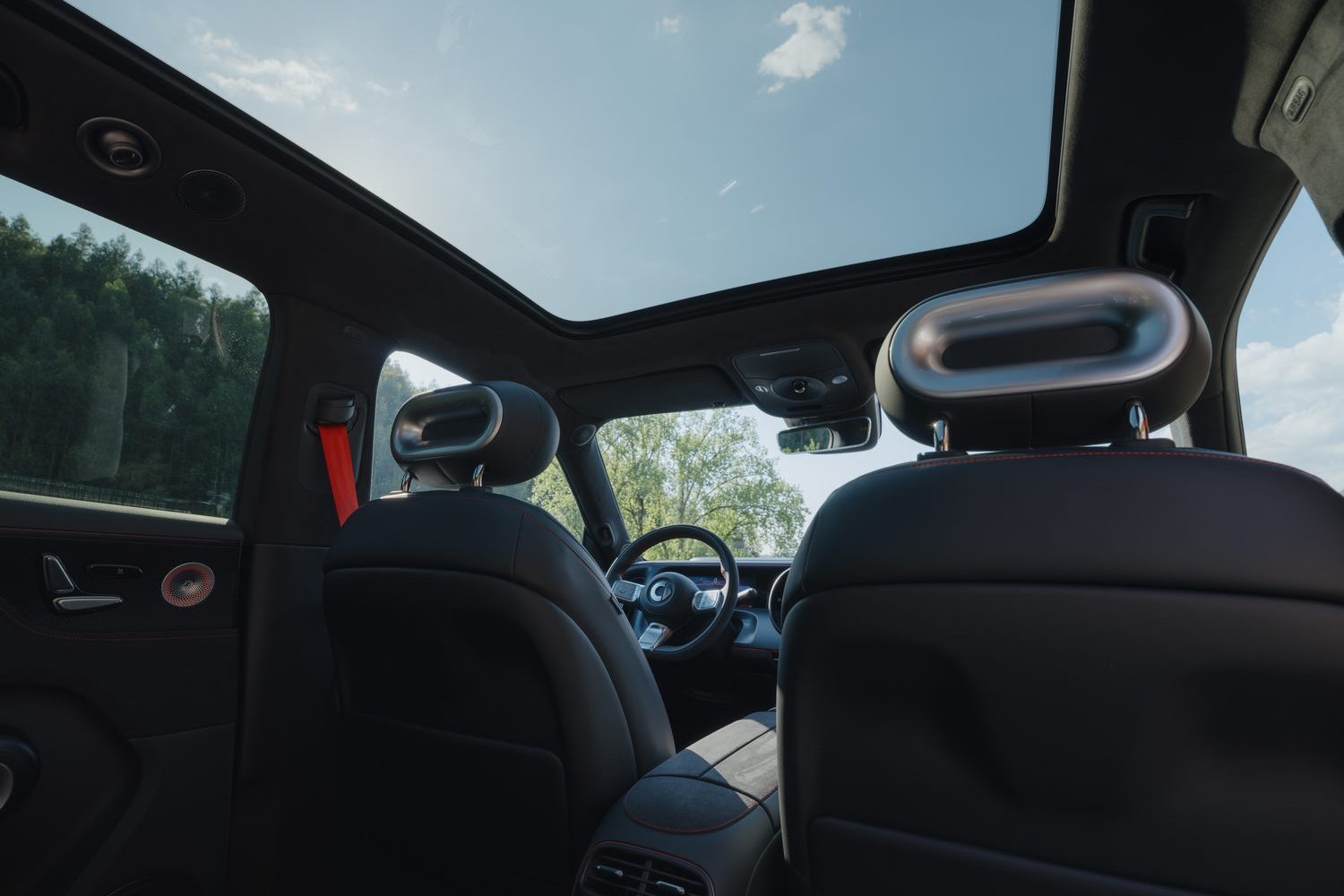
The materials used in the #5's cabin are largely excellent, with lots of tactile plastics and soft upholstery, while what switchgear there is feels well engineered. It might not feel like a Bentley, exactly, but it's still every bit as well made as any of its rivals, including those from established premium brands.
But the sensation of roominess is the more overpowering one. The rear seats offer massive amounts of space, with lots of legroom and ample headroom, while the panoramic glass roof makes the cabin feel light and airy. Then there's the boot, which measures 630 litres in every version, putting it ahead of the cavernous space in the back of the Skoda Enyaq.
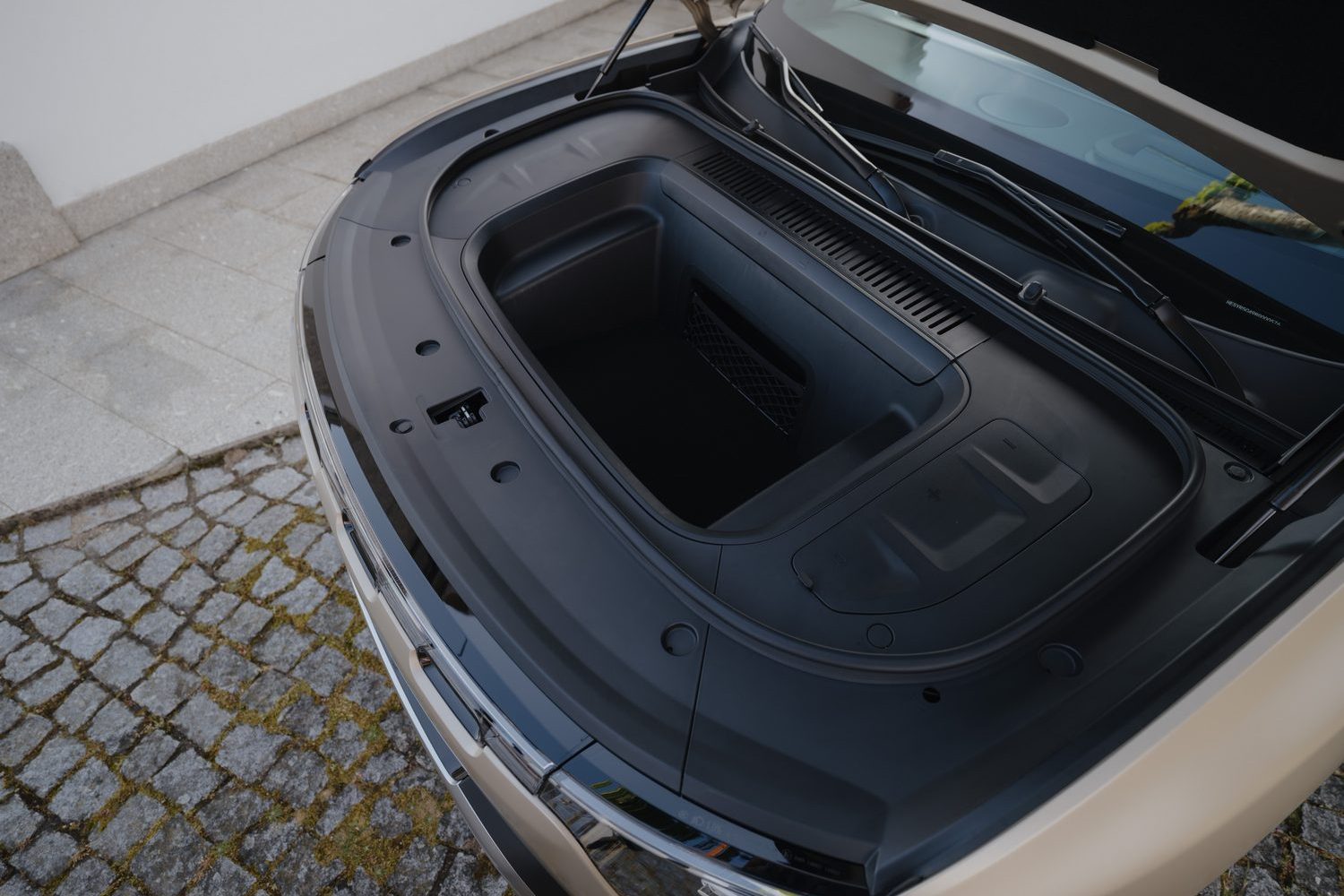
And unlike the Enyaq, the Smart complements that boot space with a 'frunk' under the bonnet. In single-motor cars, that space is pretty large - Smart says it's big enough to take a cabin bag suitcase - but the twin-motor, all-wheel-drive cars have less space in there, thanks to their front-mounted electric motors.
Performance of the 2025 Smart #5
• Brabus version offers unhinged performance
• All versions are remarkably comfortable
• Efficiency is not the #5's strong suit
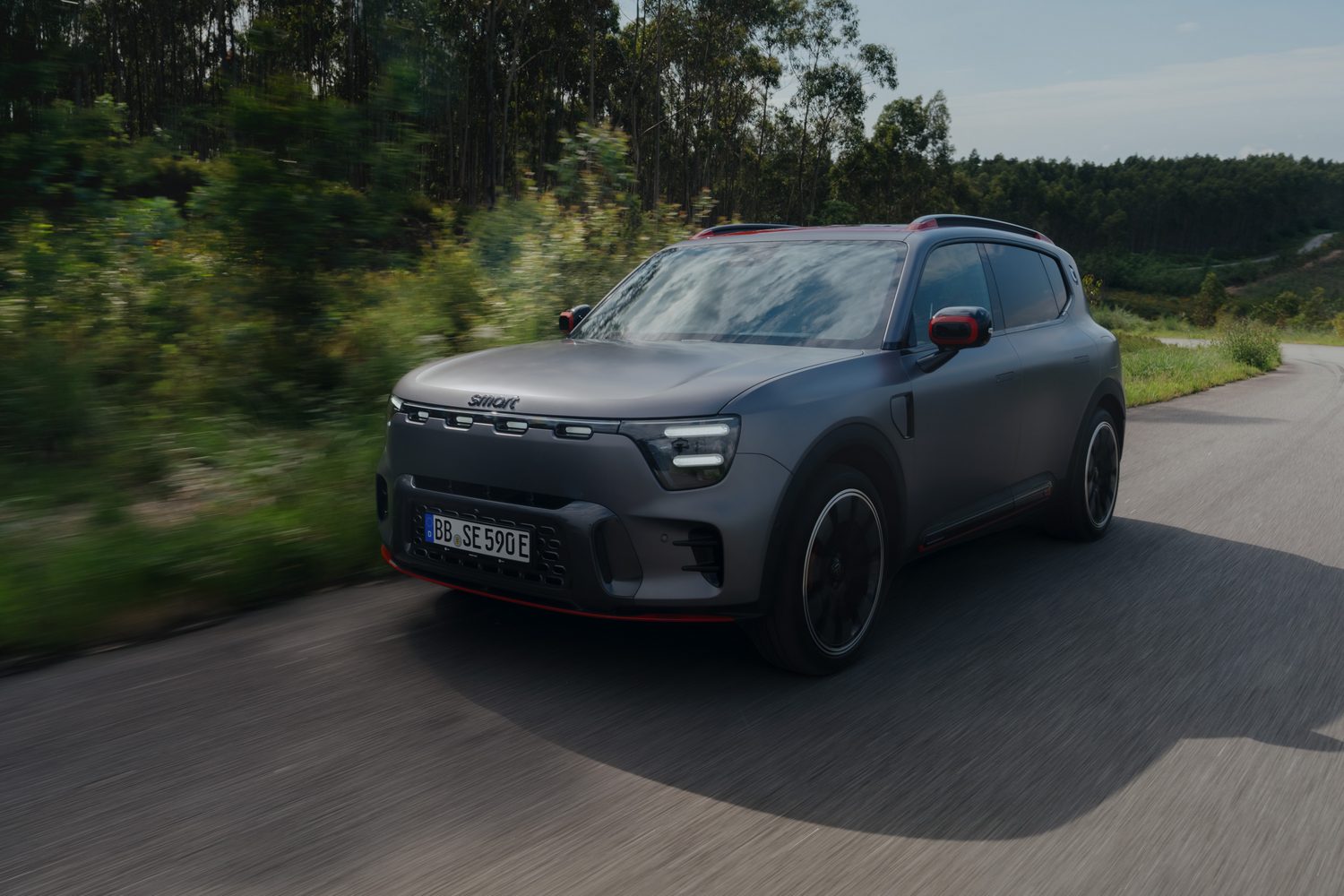
When specifying a #5, customers get a choice of several different battery and motor options, ranging from the single-motor, rear-wheel-drive option to the most expensive, all-wheel-drive, twin-motor Brabus tested here.
The base model gets an ample 340hp motor driving the rear wheels, which is enough for punchy performance, but versions with the bigger 100kWh battery get a more potent 363hp motor to play with. That means performance is improved, making the #5 almost as fast as performance hatchbacks such as the VW Golf GTI. And the immediacy of the electric motor means it'll feel even faster than the figures suggest.
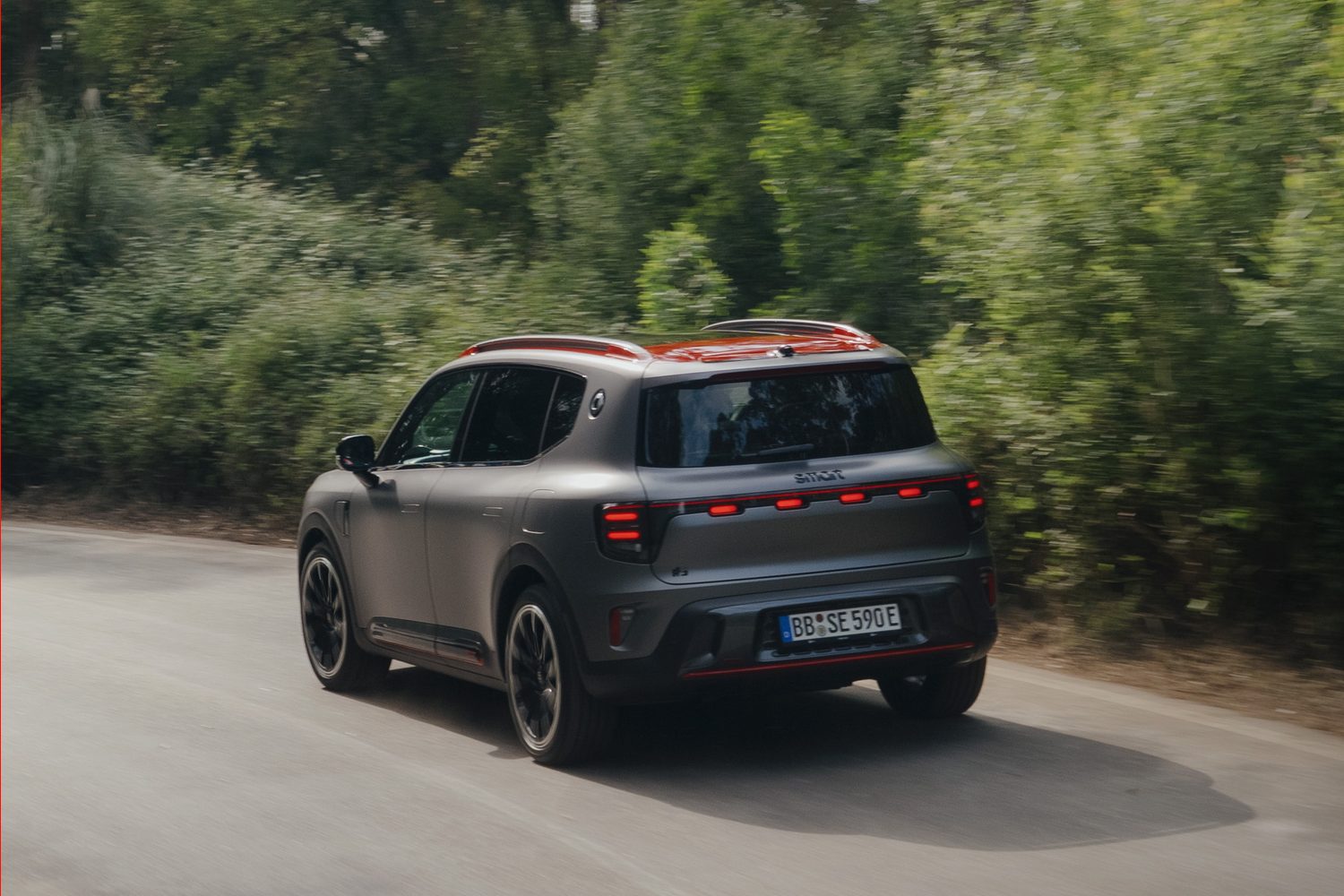
Further up the range, the twin-motor, all-wheel-drive #5s are all paired with the larger 100kWh battery and come with 587hp. That, along with the extra traction, means the performance improves significantly, with the 0-100km/h time dropping below the five-second mark. That's the sort of pace allowing the Smart to contend with other performance SUVs, regardless of their propulsion system.
Yet the Brabus model is even faster. Its 646hp, twin-motor powertrain catapults it from a standstill to 100km/h in 3.8 seconds, which is bordering on supercar speed. And because of that instantaneous delivery, using the power is a somewhat uncomfortable experience that seems intent on rearranging your internal organs.
That's at odds with the rest of the experience, though, because of the way Smart has set the car up. The suspension is supple, even in the Brabus, which rides in exactly the same way as any other twin-motor #5. Admittedly, the big wheels and weight - the car tips the scales at almost 2.4 tonnes - sometimes make their presence felt over certain bumps, but for the most part, the #5 is very absorbent and comfortable. It's enormously compliant on the motorway, and the quietness of the cabin only adds to the relaxed feel.
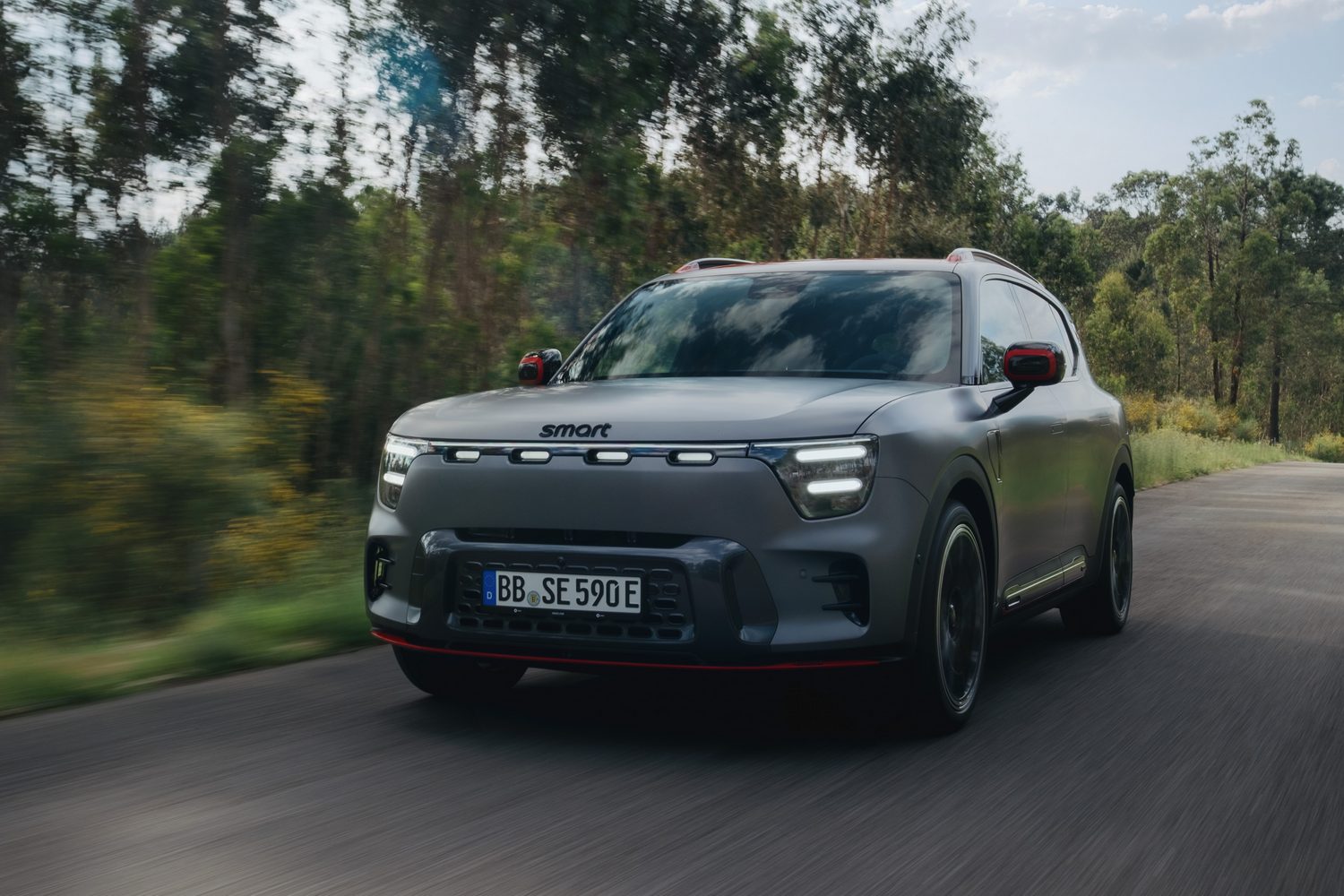
While that would be lovely in a mid-range model, it's less exciting in the Brabus, from which we were hoping for a little more edge. The ride is lovely, but with noticeable body lean in the corners and a slight nodding tendency under braking, the Brabus doesn't quite live up to its sporty billing when the road is something other than arrow-straight.
It isn't bad to drive - the steering is quite precise, even if the weight to the wheel feels artificial - and manoeuvring is simple enough. It bodes well for the much more affordable models, which are likely to be more popular (and better suited to the softness of the suspension) anyway.
Range, Battery & Charging of the 2025 Smart #5
• Two battery sizes on offer
• DC charging at up to 400kW
• Official range of up to 589km
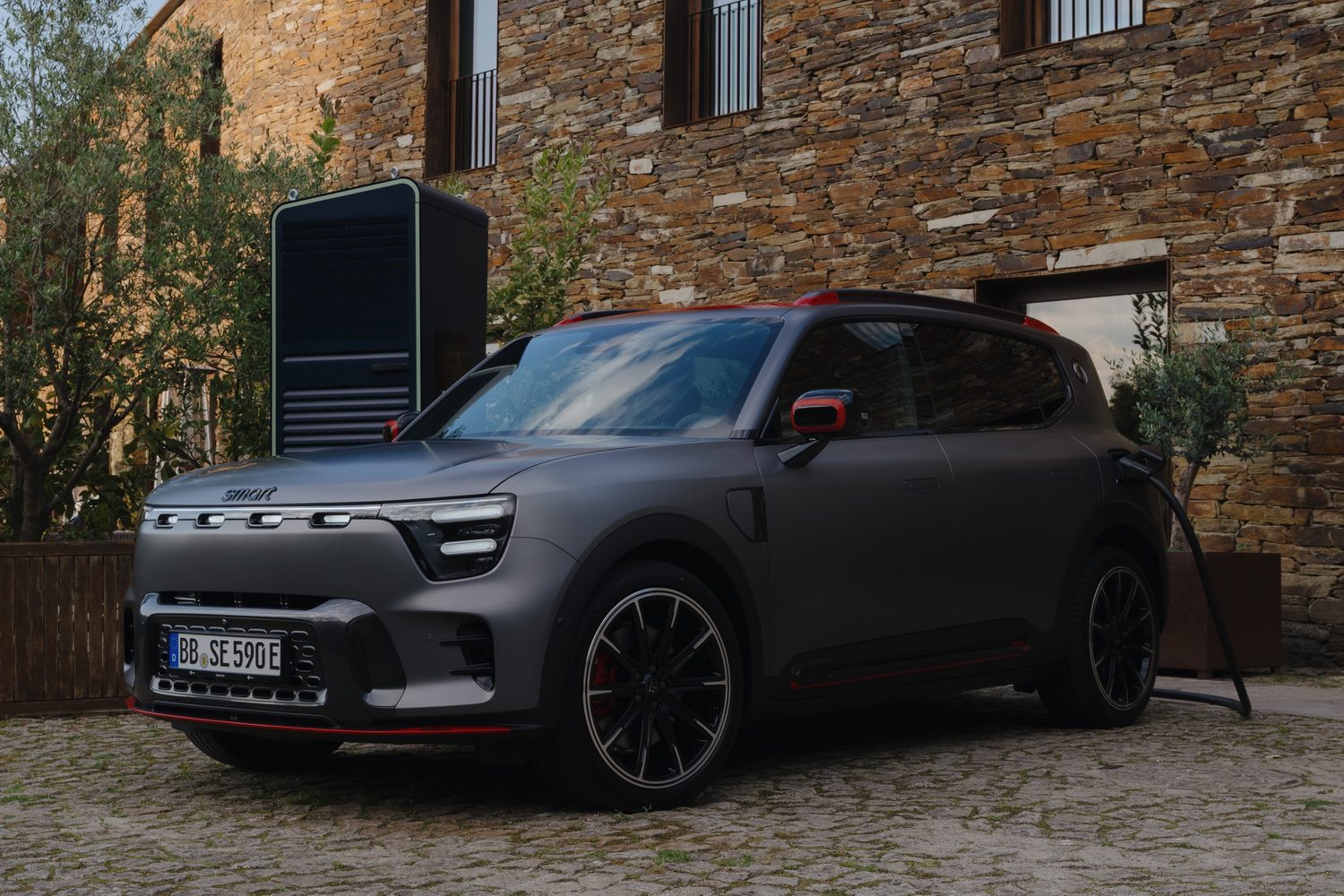
The #5 comes with a choice of battery sizes, with the entry-level 76kWh unit joined by a long-range option with a gross capacity of 100kWh, of which 94kWh is usable. The former battery provides a 463km range, while the bigger battery increases that to 366 miles for rear-wheel-drive models and 589km for all-wheel-drive cars. The Brabus's big wheels and extra power, however, drop that figure to 539km.
Unsurprisingly, the charge times differ, too, with the 76kWh battery taking around 30 minutes to charge from 10 to 80 per cent thanks to its 150kW maximum DC-charge speed. But the larger battery grabs the headlines with the ability to charge at speeds up to - and even exceeding - 400kW.
That sounds great alongside the Enyaq, which only manages 175kW, and it means that, in theory, the car can be charged from 10 to 80 per cent in less than 20 minutes. We've seen it done in 15 minutes.
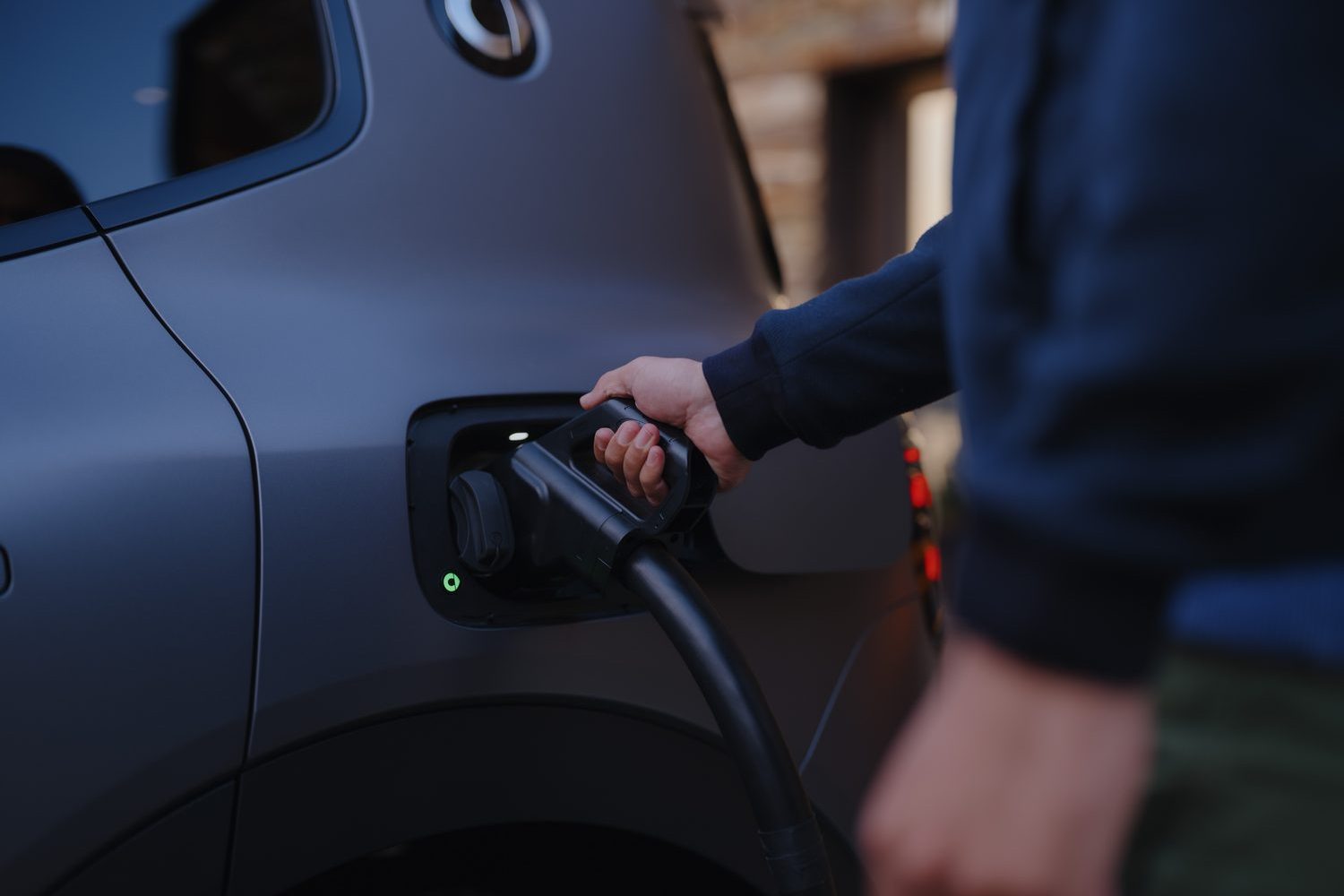
However, there are one or two issues with the Smart's ability, not least the lack of charge points capable of providing that kind of charge speed. However, the manufacturer says the 400kW capability means the car is more likely to manage the maximum charge speed of any given charge point at a given time, and it is future-proofing the car for a time when such charge speeds become more accessible.
Perhaps more pertinent to today's drivers is the ability to charge at up to 22kW on an a three-phase AC charging point, allowing the 94kWh battery to be recharged from 10 to 100 per cent in around five-and-a-half hours. But with such a big battery, the full charge time on a 7.4kW domestic 'wallbox' unit is much longer, at 13 hours.
Running Costs of the 2025 Smart #5
• Electric-only powertrain minimises costs
• Brabus model not the most efficient
• Smart offers three-year, unlimited-mileage warranty
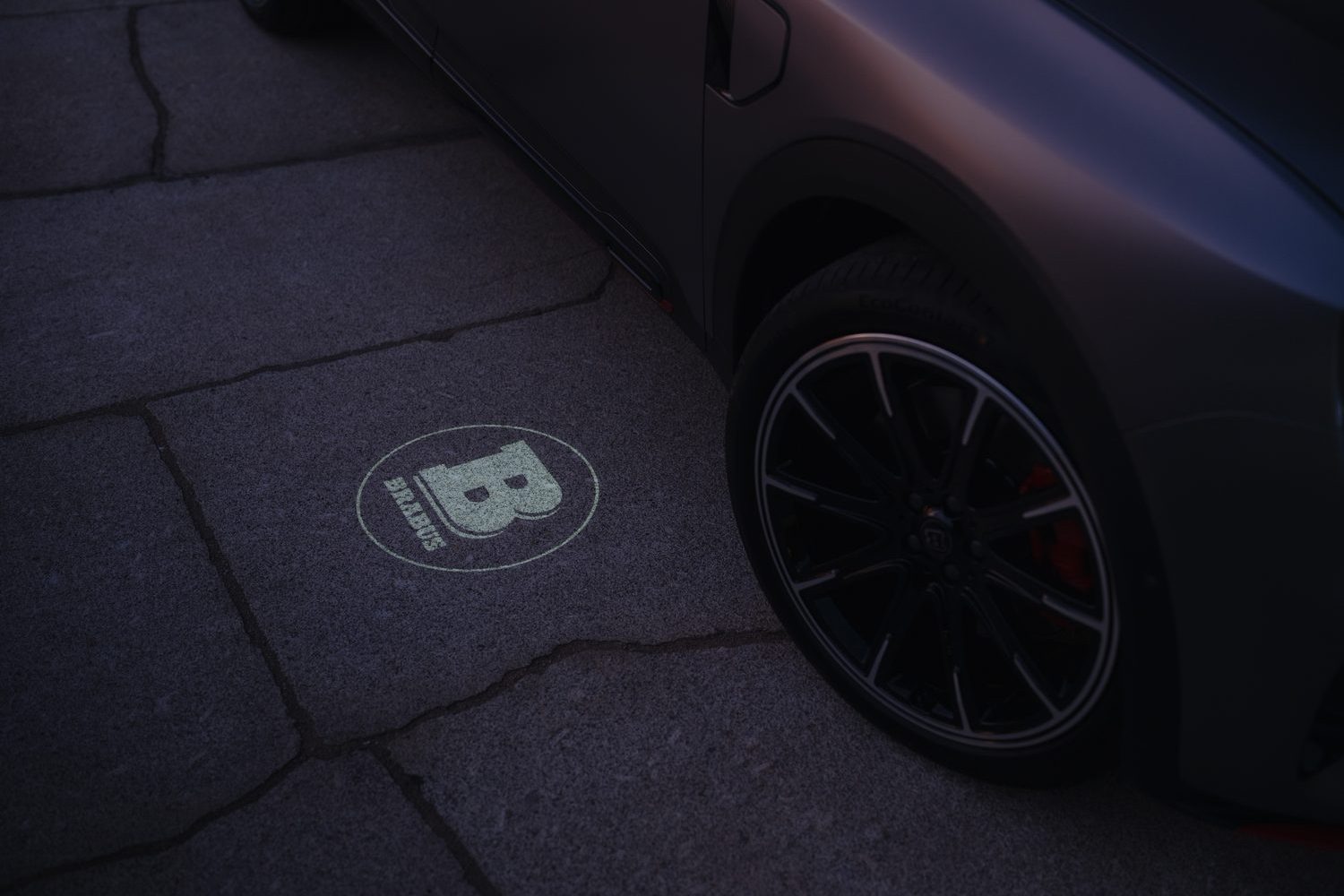
With electric power as standard, the #5 will be cheaper to run than any similarly powerful petrol- or diesel-powered SUV, but that doesn't mean it will be just as cheap as any other electric SUV. That said, the difference isn't likely to be enormous compared with any of the Smart's rivals, and in the case of the Brabus, you won't find a 600hp-plus petrol car that's as cheap to run.
In theory, the electric motor should also be more dependable than a petrol engine, with just a single moving part. And we are yet to hear any horror stories about the Smart #1 and #3 in terms of reliability, which may not be a surprise given the promise of a three-year, unlimited-mileage warranty. It may not be the most compelling guarantee on the market, but it's better than some.
Irish Pricing & Rivals of the 2025 Smart #5
• Competes with Skoda Enyaq and Ford Explorer
• Irish pricing yet to be announced
• Semi-premium positioning expected
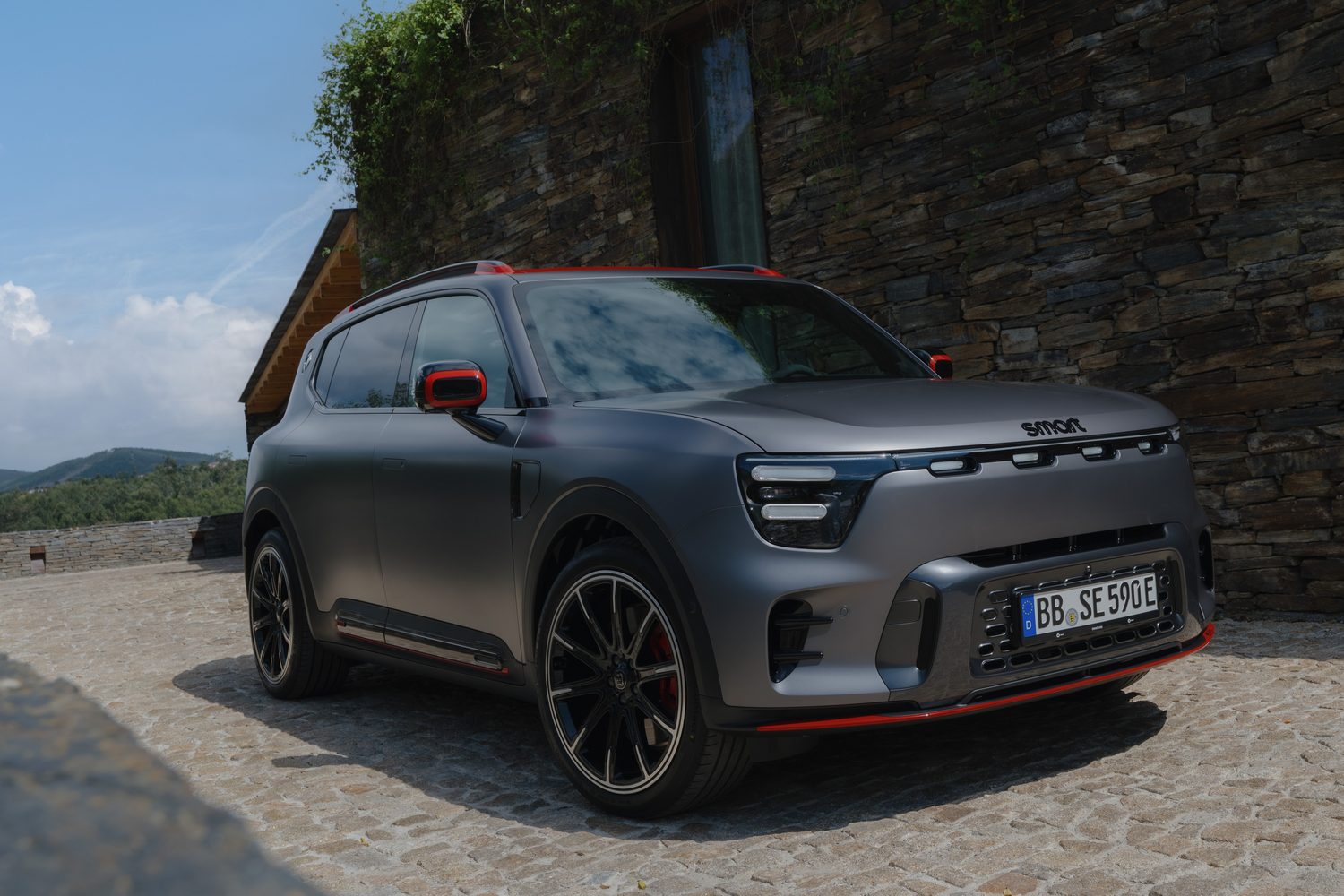
Smart has not announced prices for the #5 yet, which means we can't pass judgement on the value for money, but the semi-premium attitude means we expect it to cost a little more than the Skoda Enyaq. We also know there will be a wide range of models available, so instead of offering optional extras, Smart is choosing to offer various trim levels to let drivers choose their desired specification.
Admittedly, choosing between them will, to at least some extent, depend on which battery and motor layout you want, but we know all will be pretty well equipped. The passenger screen is unlikely to be offered on base models, but the 13-inch touchscreen, 19-inch alloys and panoramic glass roof are expected to come as standard.
So too will the digital instrument display, two-zone climate control and fleet of parking sensors. Synthetic leather, keyless entry and over-the-air updates are also expected to feature.
Verdict - Should You Buy the 2025 Smart #5?
Without knowing how much Smart will charge for the #5, it's difficult to come to a definitive conclusion. But we do know that, in isolation, the Smart feels like a worthy rival to the Skoda Enyaq and Nissan Ariya. Comfortable, spacious and pleasant to drive, the #5 has plenty going for it, and if the price is even vaguely in line with those of its rivals, it's going to be a compelling - if slightly left-field - alternative to the competition.
FAQs About the 2025 Smart #5
Does the Smart #5 have a 'frunk'?
It does, but exactly how large that 'frunk' will be depends on which version you choose. The rear-wheel-drive models get a 72-litre front storage area, but that shrinks to 47 litres in all-wheel-drive versions, thanks to the installation of the front motor.
How many child seats fit in a Smart #5?
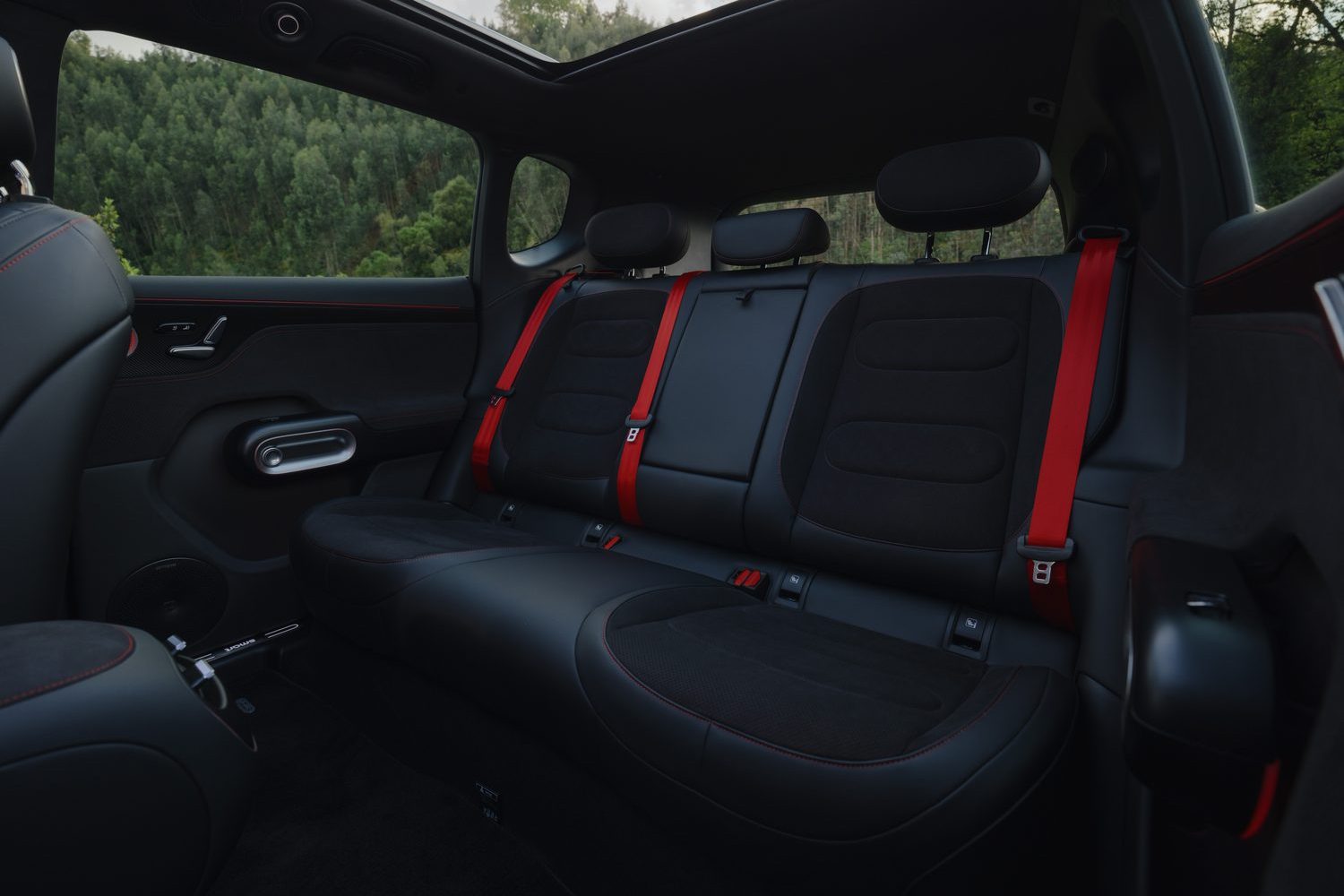
As you might expect, the #5 comes with two ISOFIX child seat mounting points on the rear bench - one on each of the outer seats - and it has another mounting point in the front passenger seat, giving the car a bit more flexibility. It isn't the only car in the class to do this, but it makes the #5 every bit as useful as its rivals.
How safe is the Smart #5?
The #5 has not yet been assessed by Euro NCAP, but with solid ratings for the #1 and #5, we expect the new model to fare well when it's finally put to the test. Certainly, it comes with plenty of driver assistance technology, including lane departure warning, autonomous emergency braking and cruise control, as well as a customisation system that allows you to activate the systems you want (and more to the point, don't want) more easily.
Want to know more about the Smart #5?
If there's anything else you'd like to know about the Smart #5, any of its rivals, or any other car currently on sale in Ireland, then why not avail yourself of our Ask Us Anything page? From there, you can pose your questions, and our team of experts will set about answering them.

